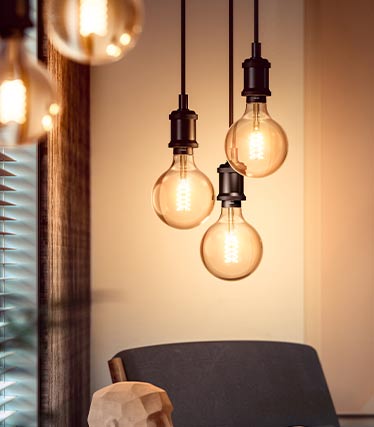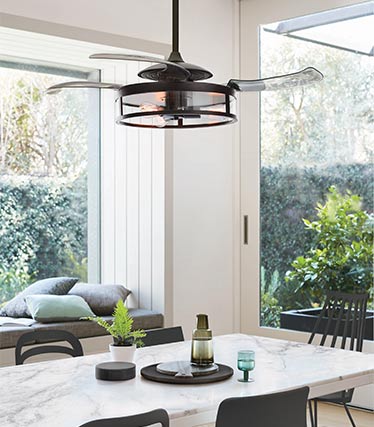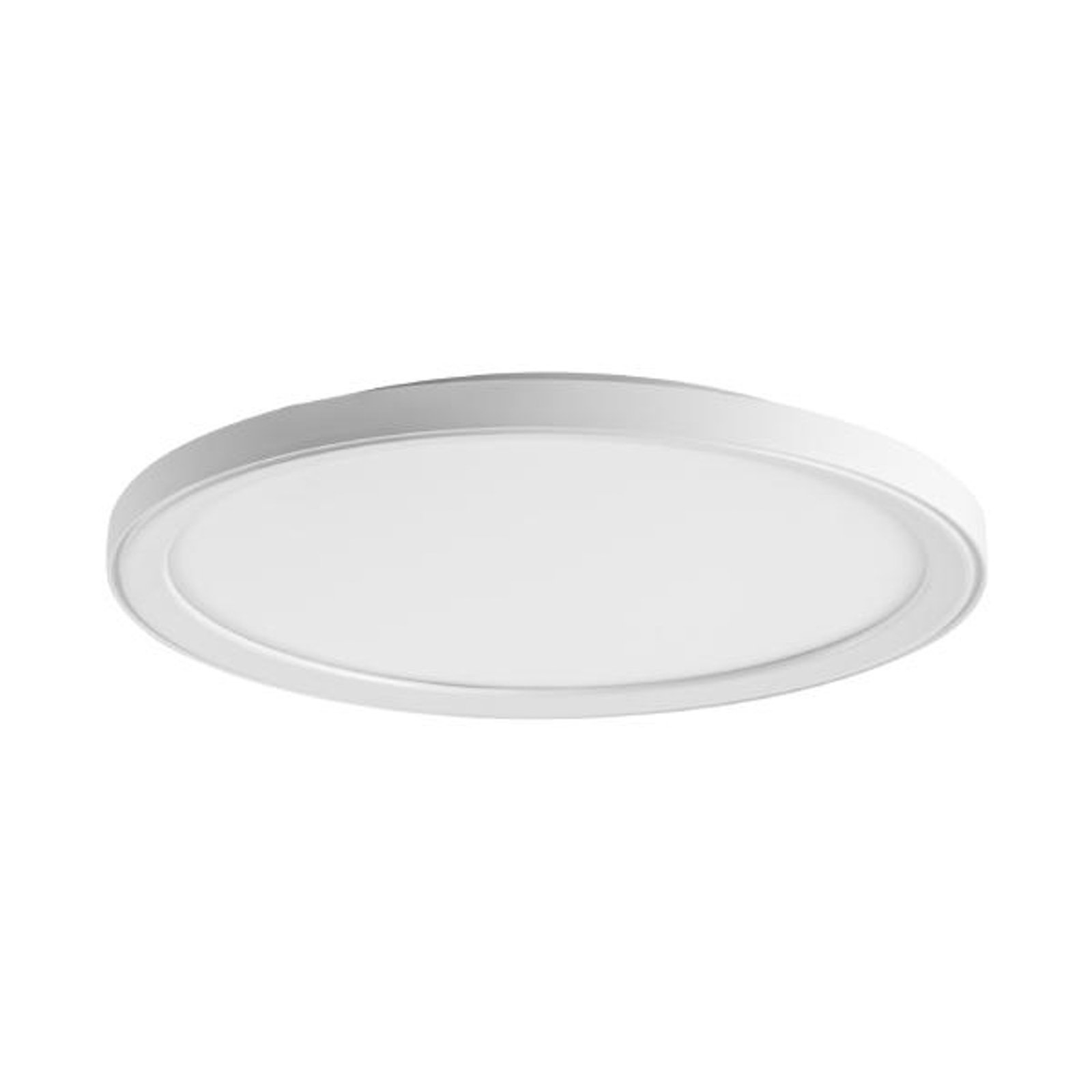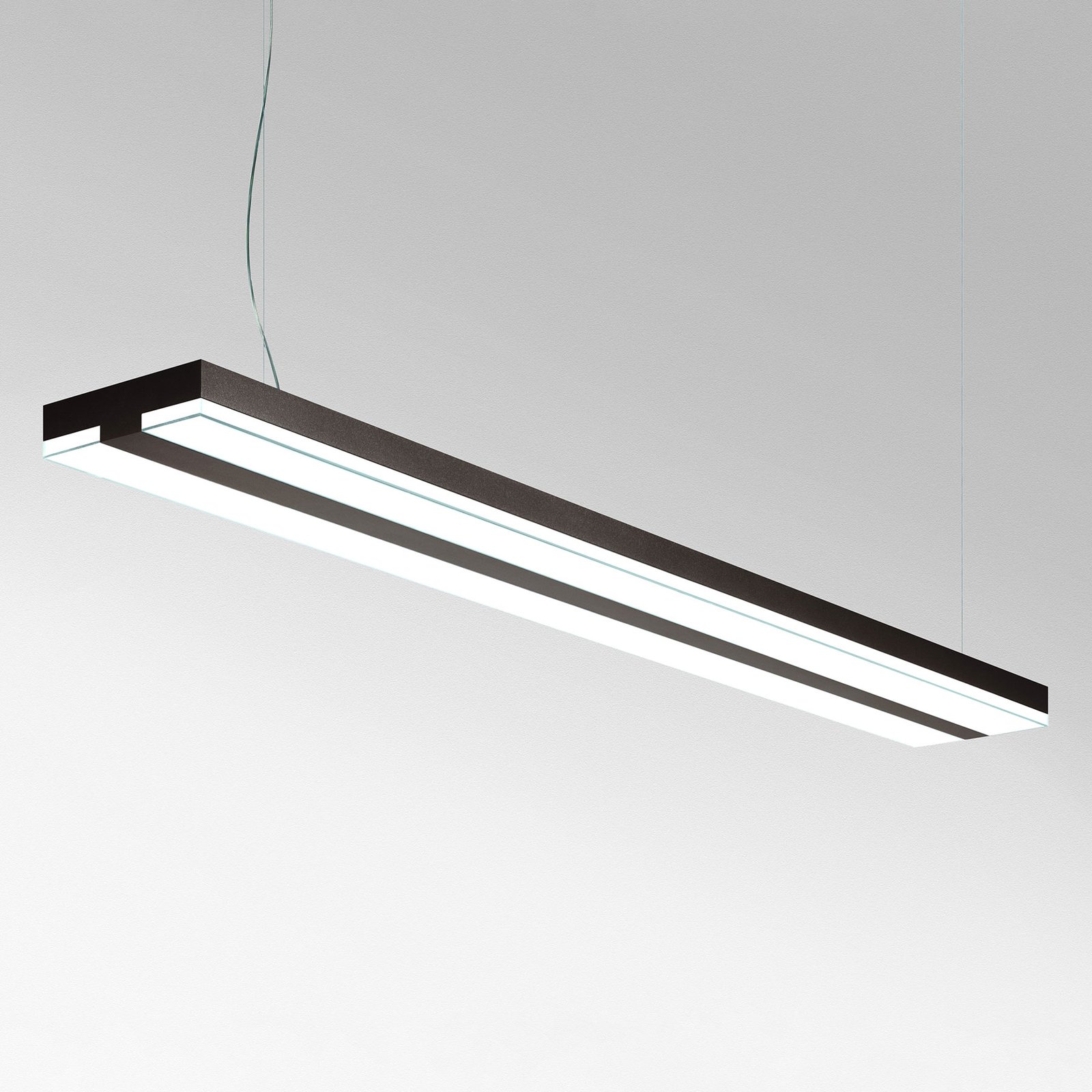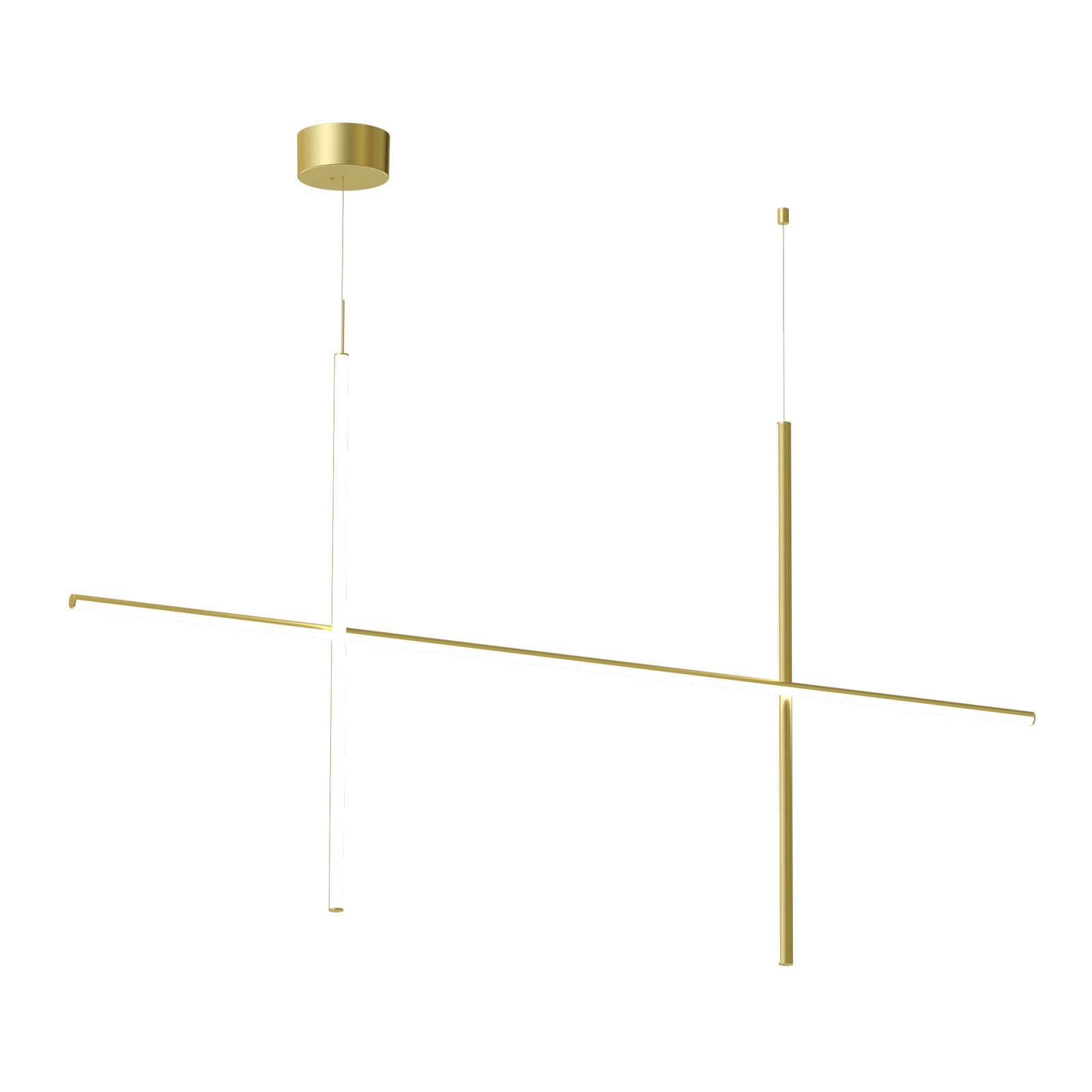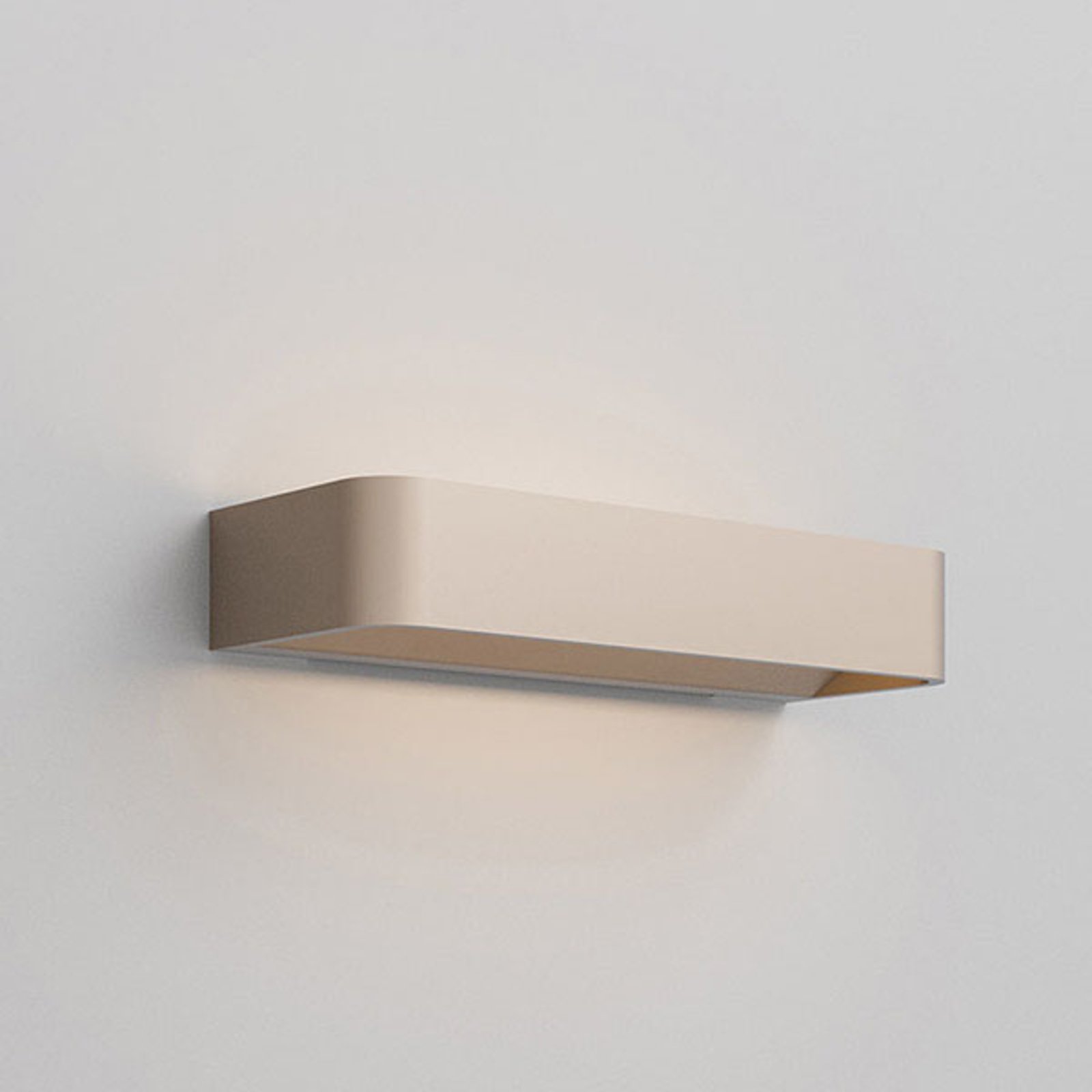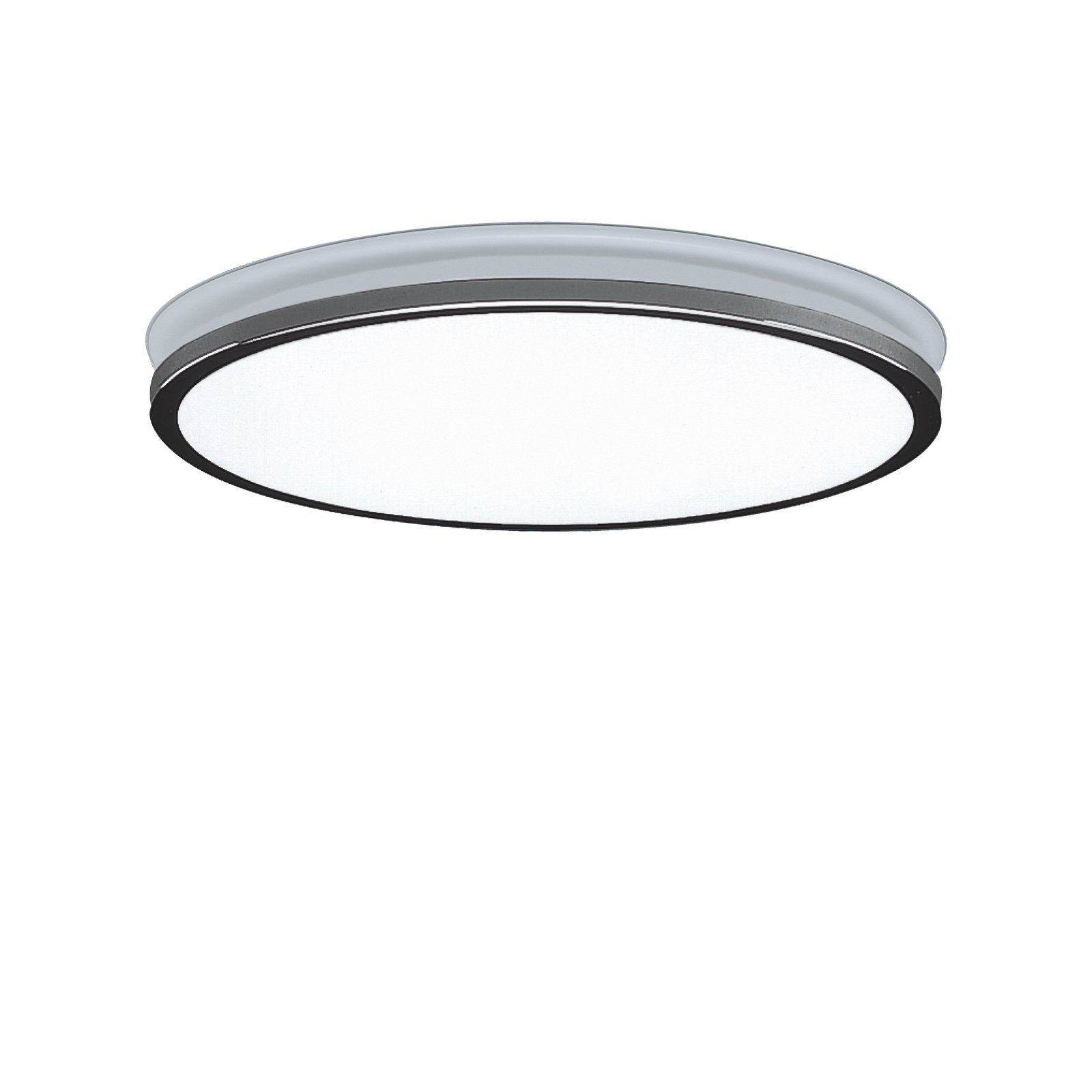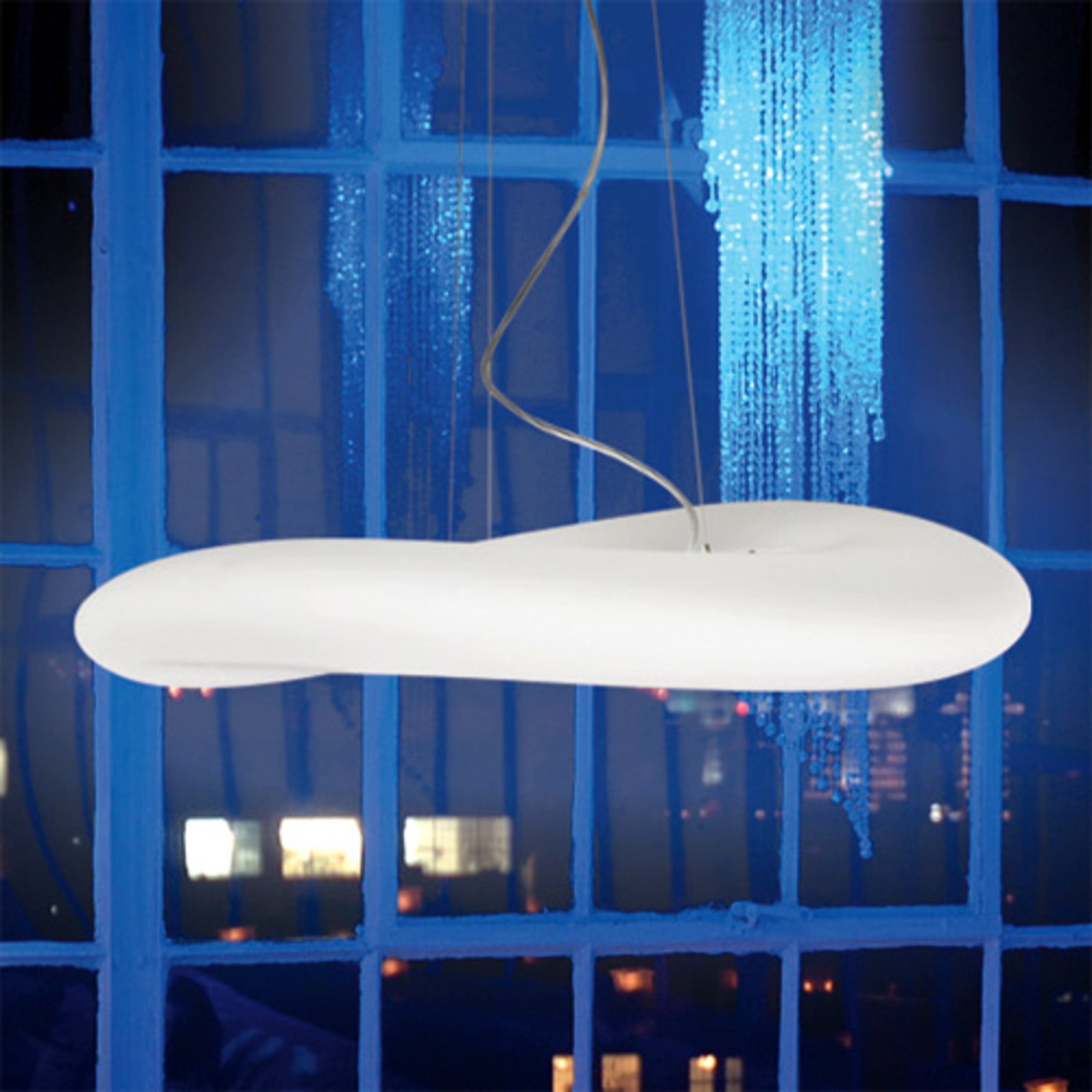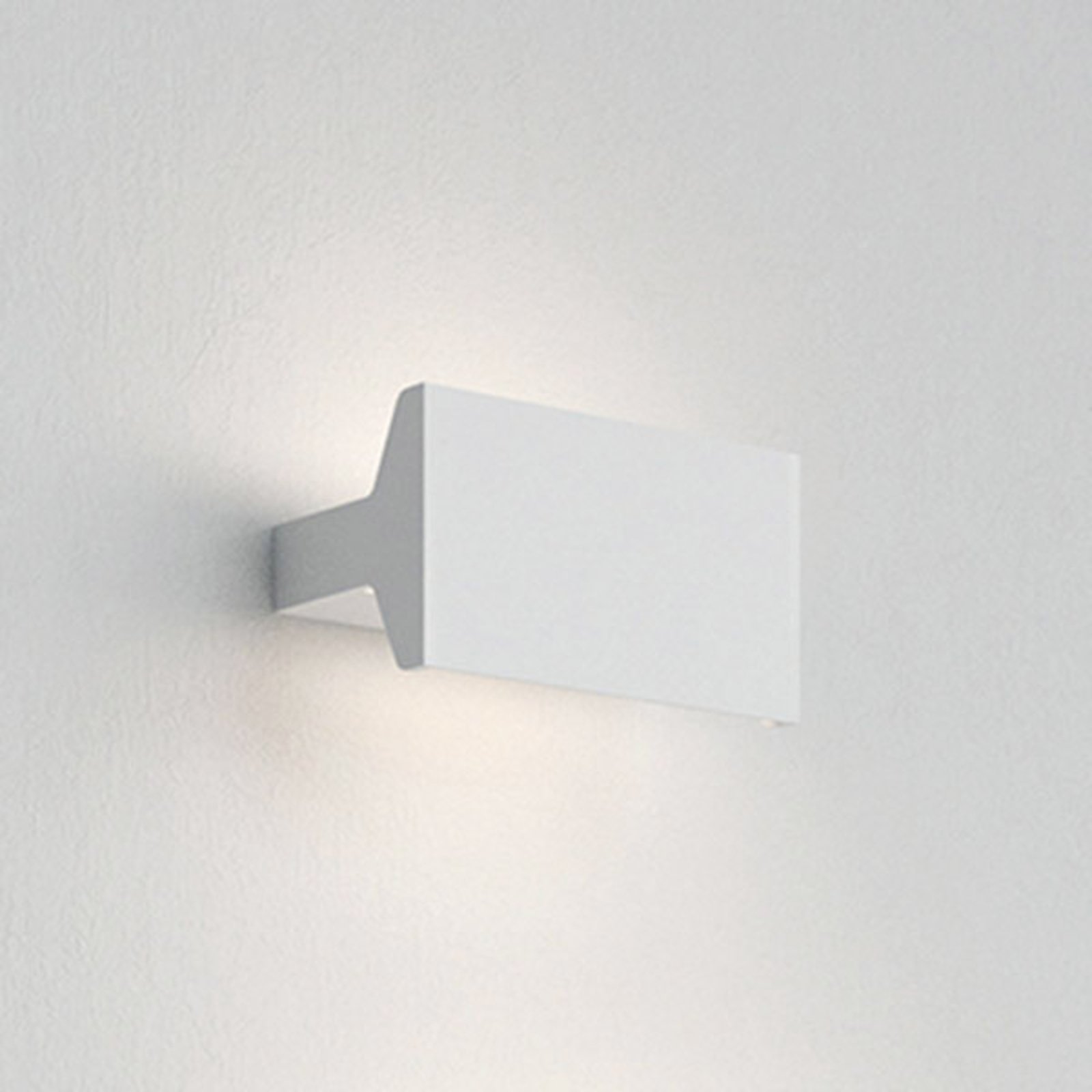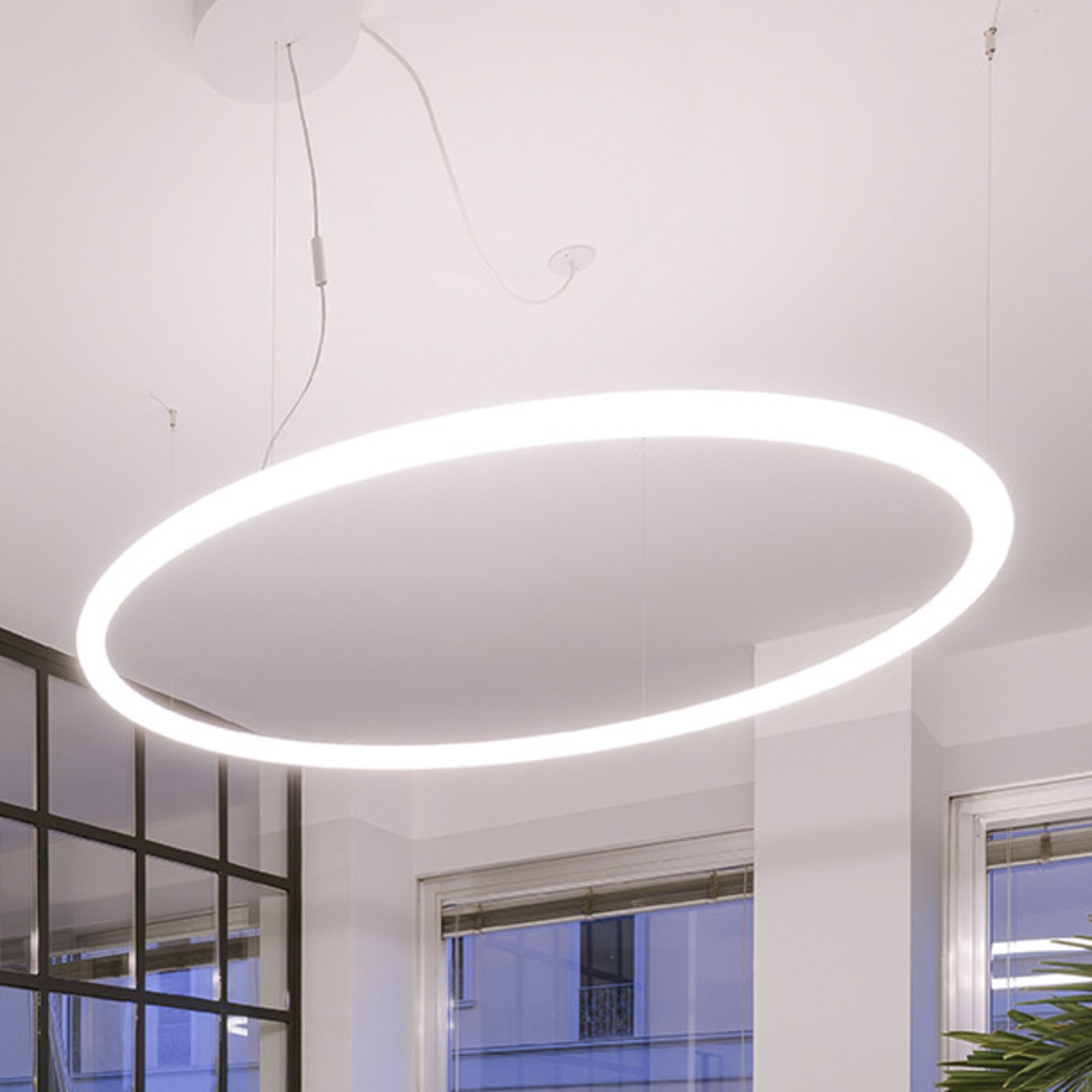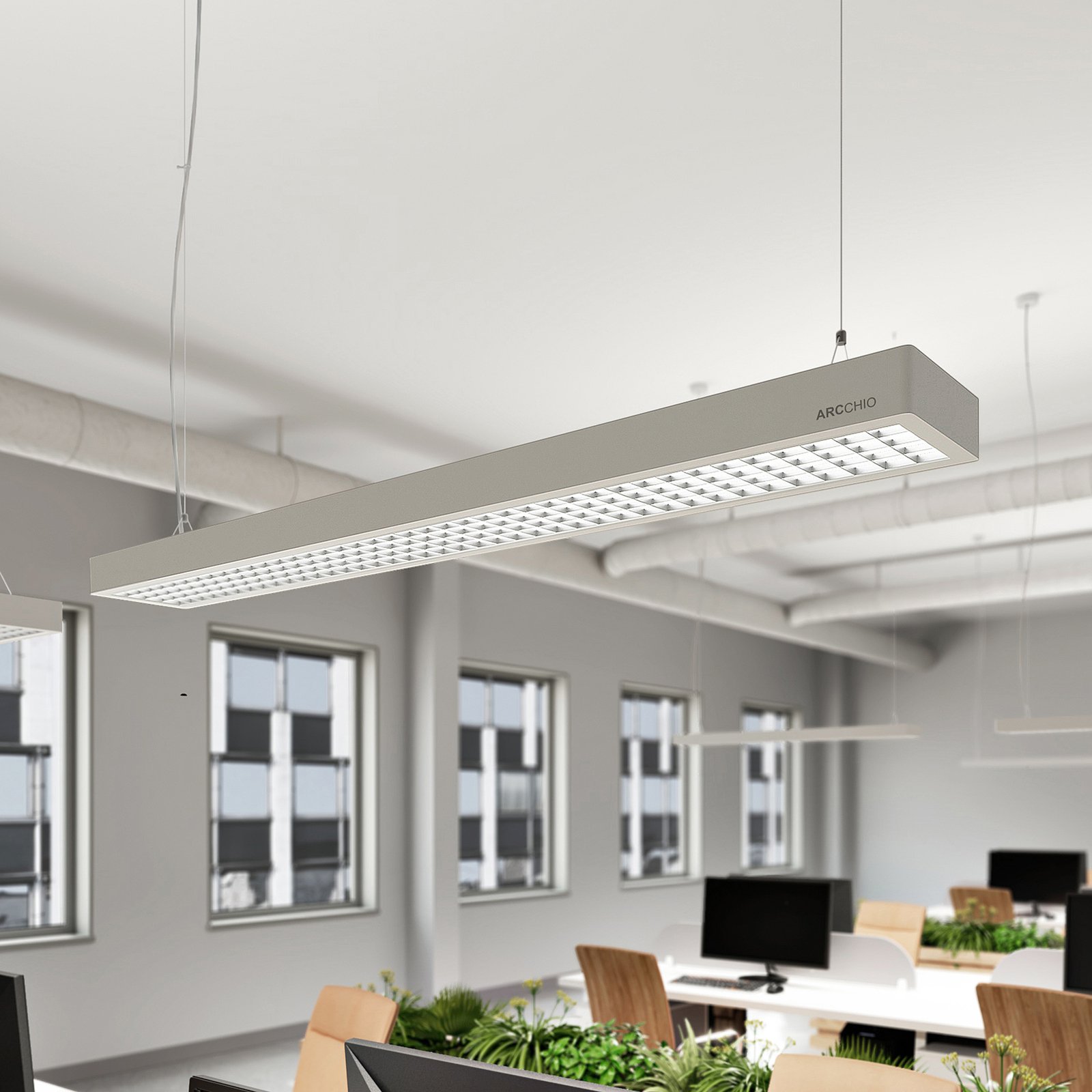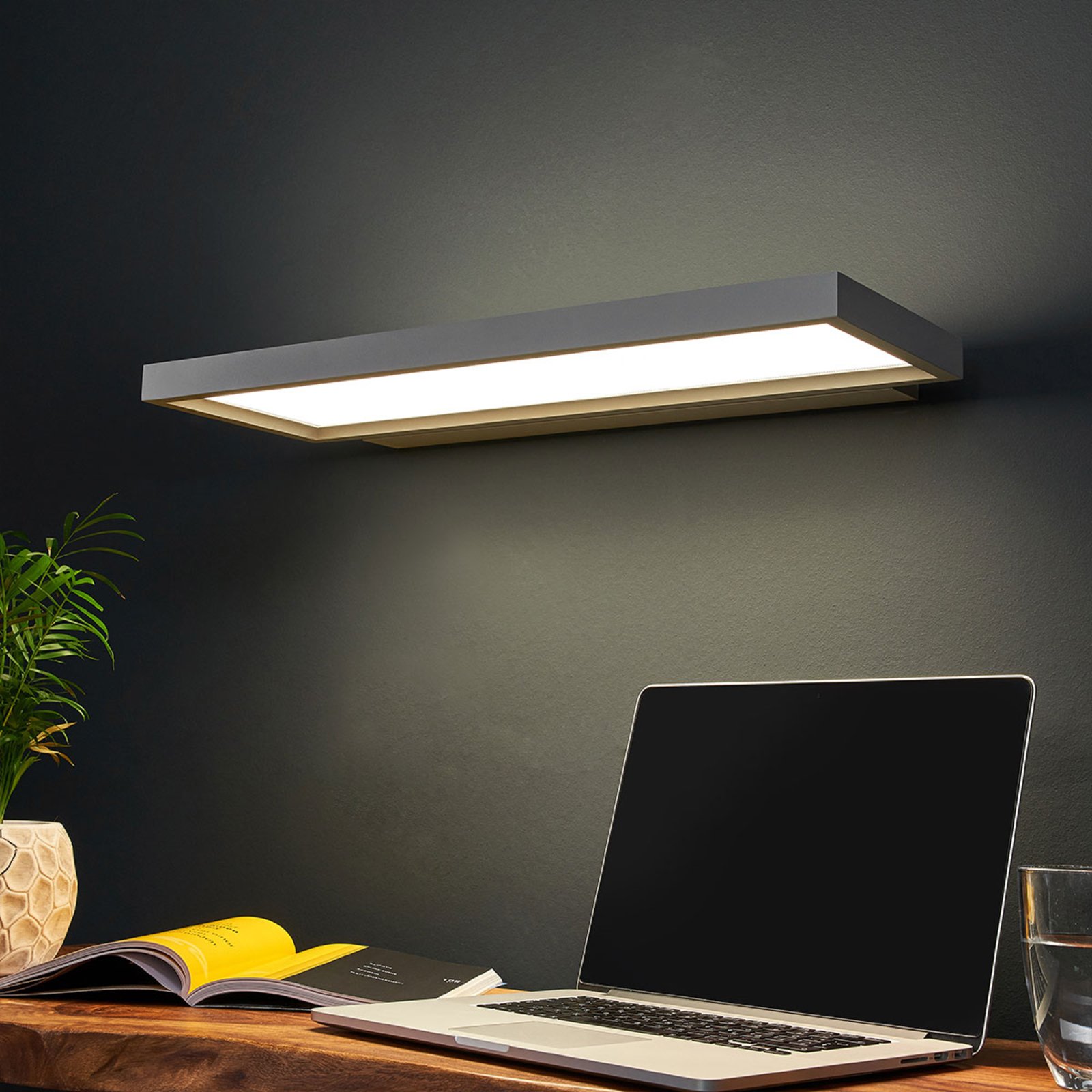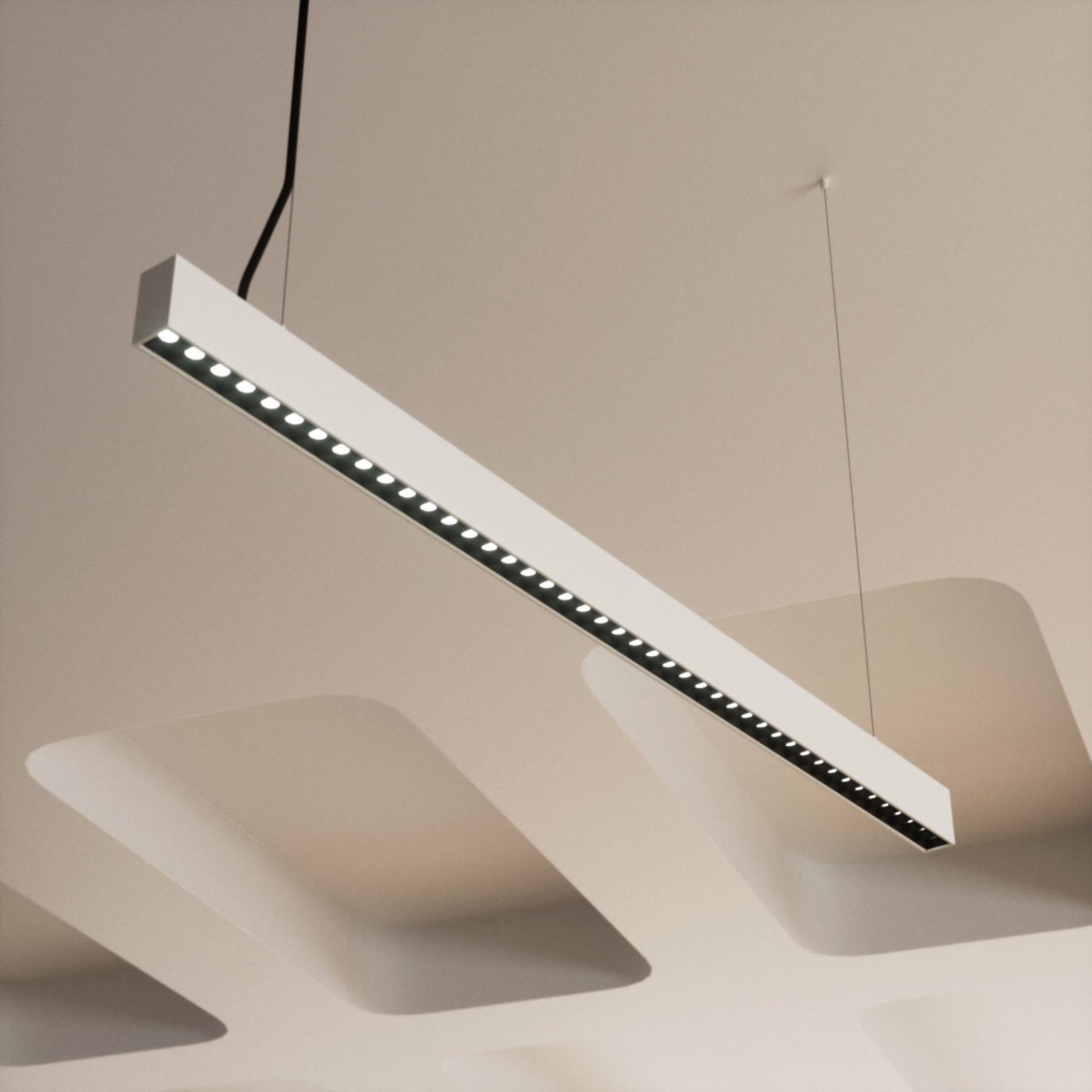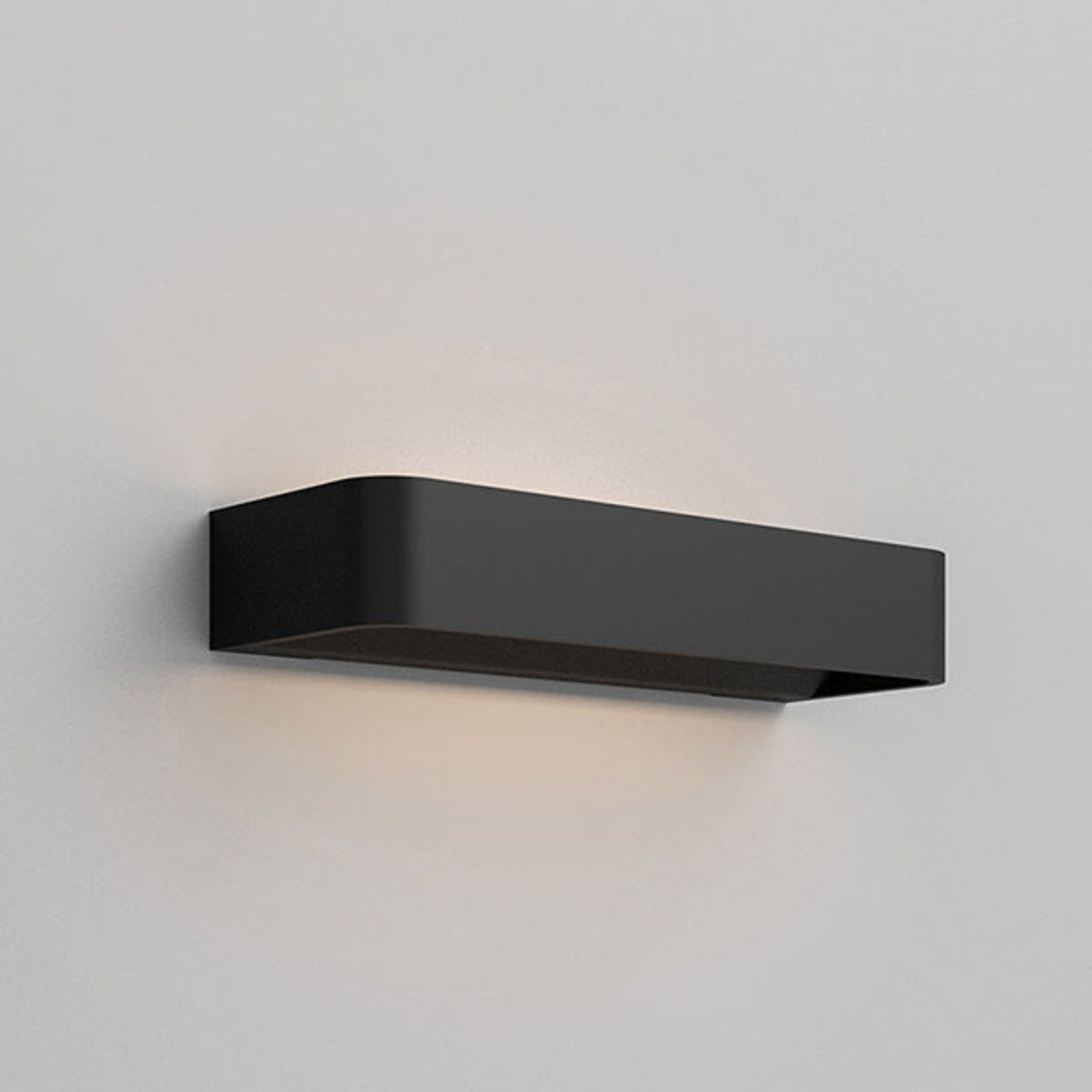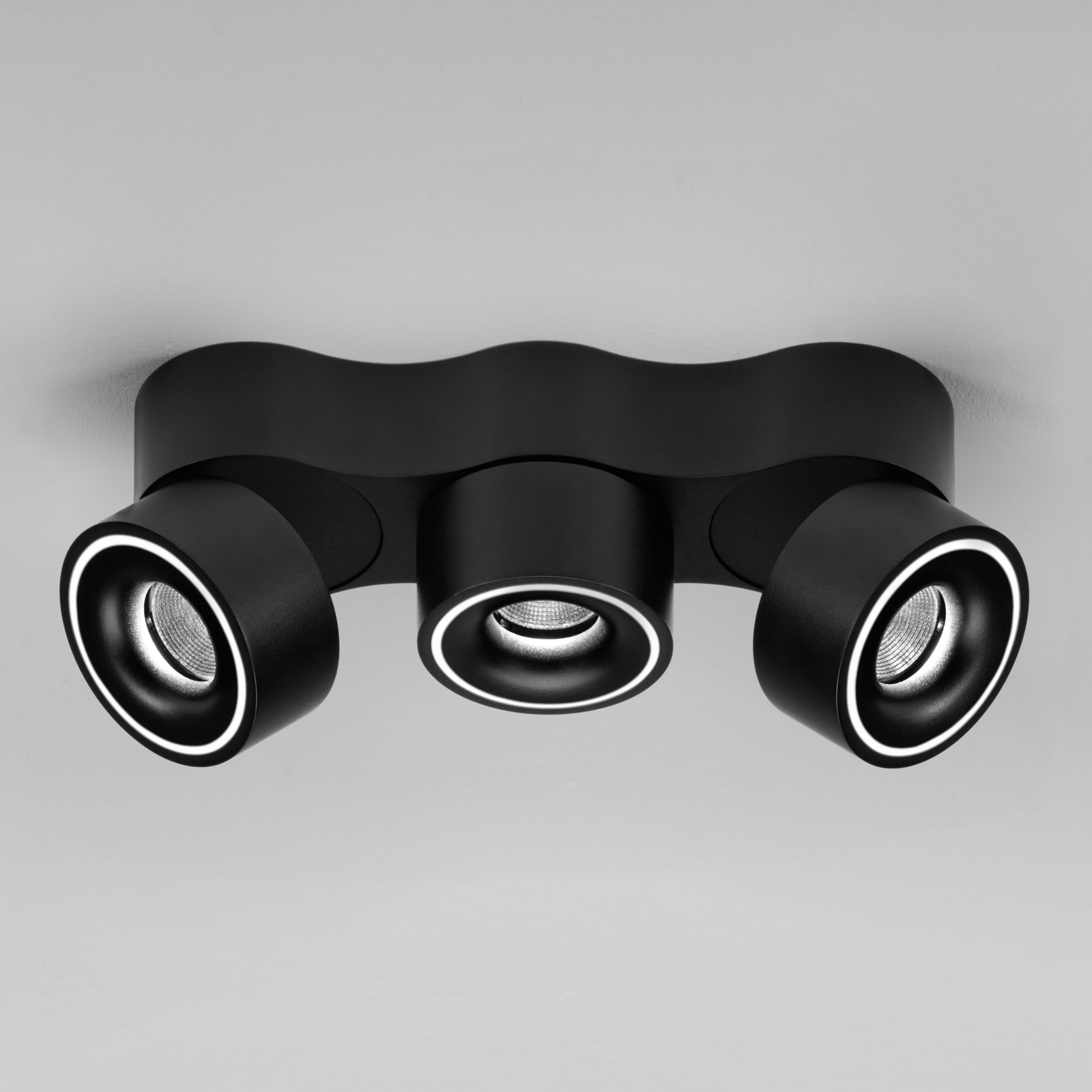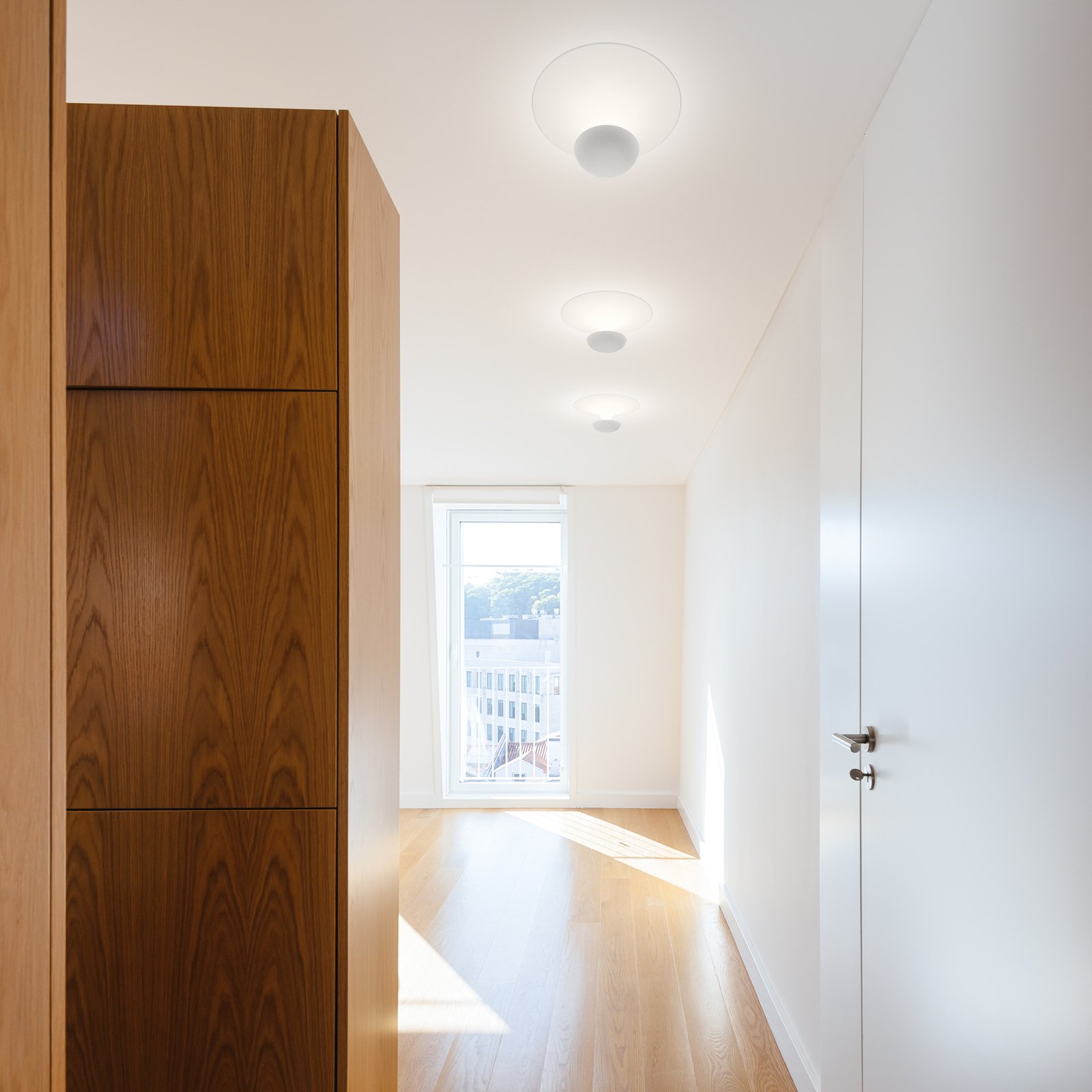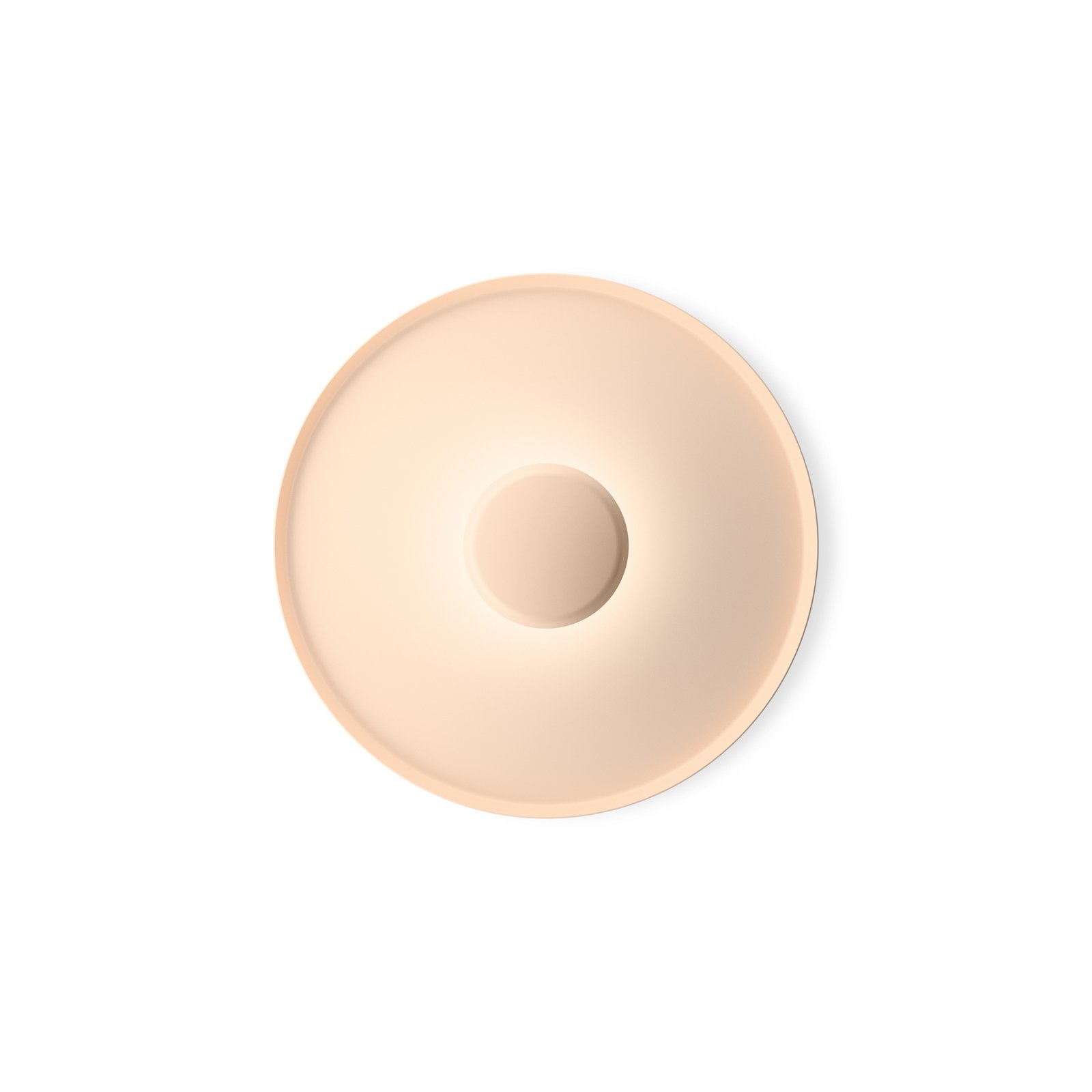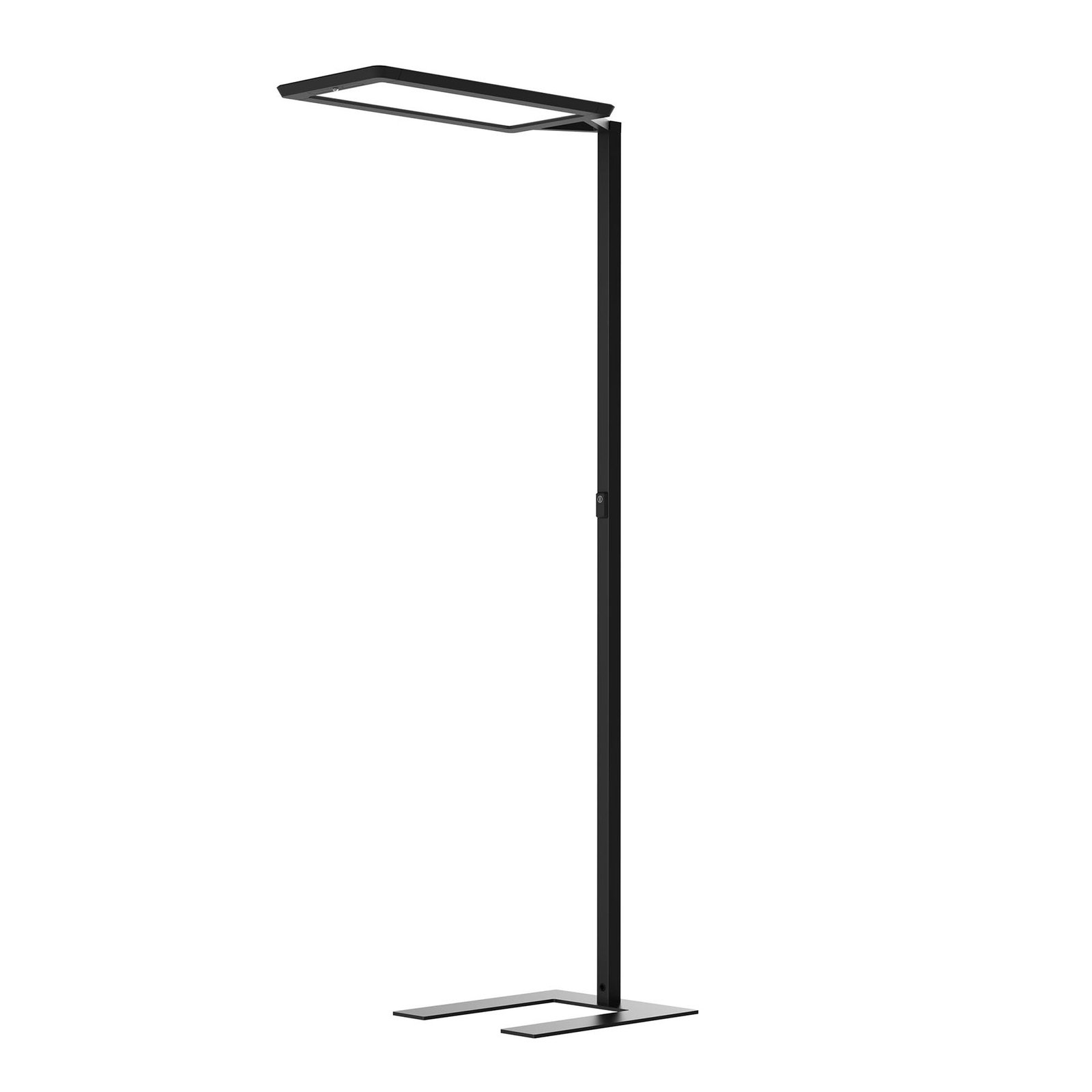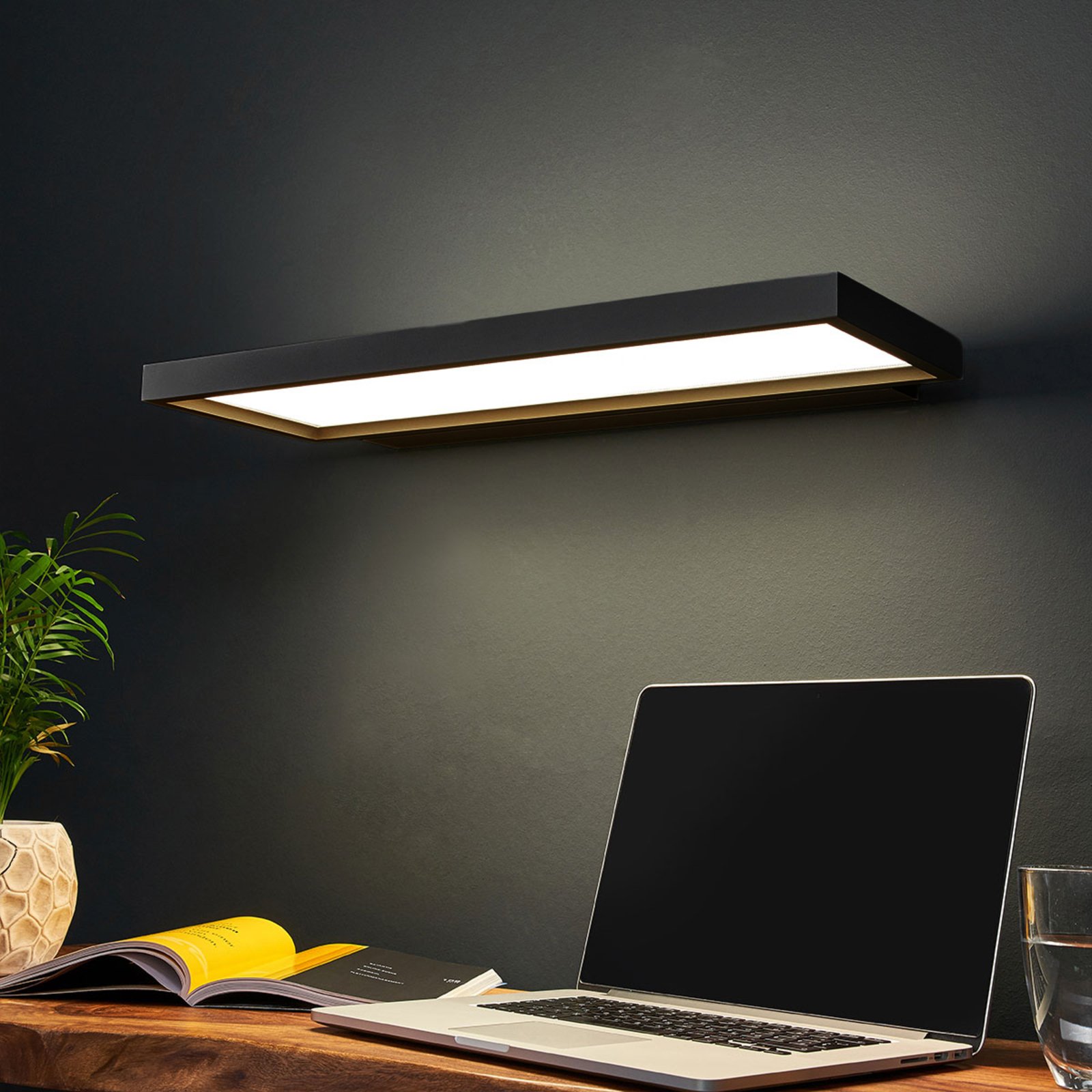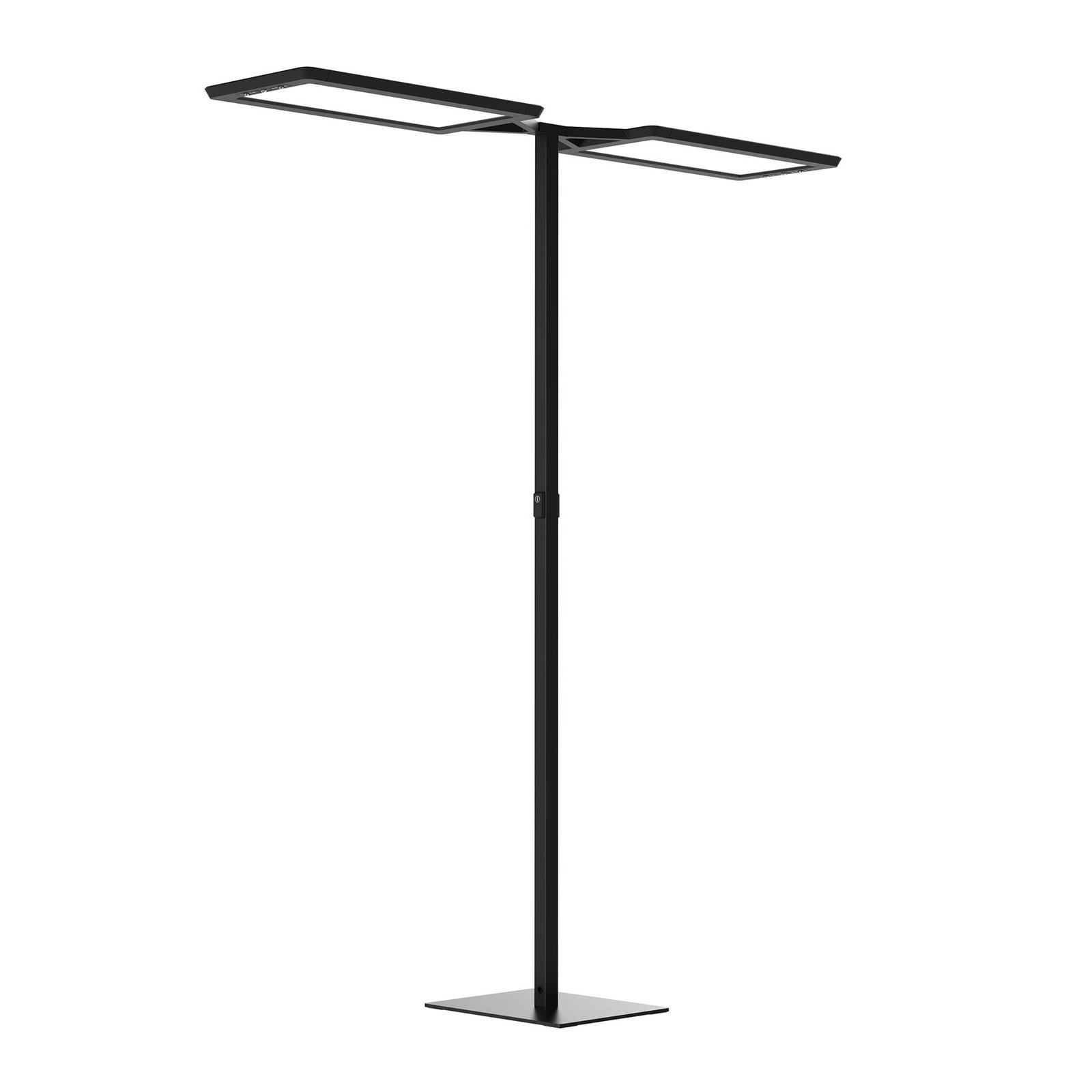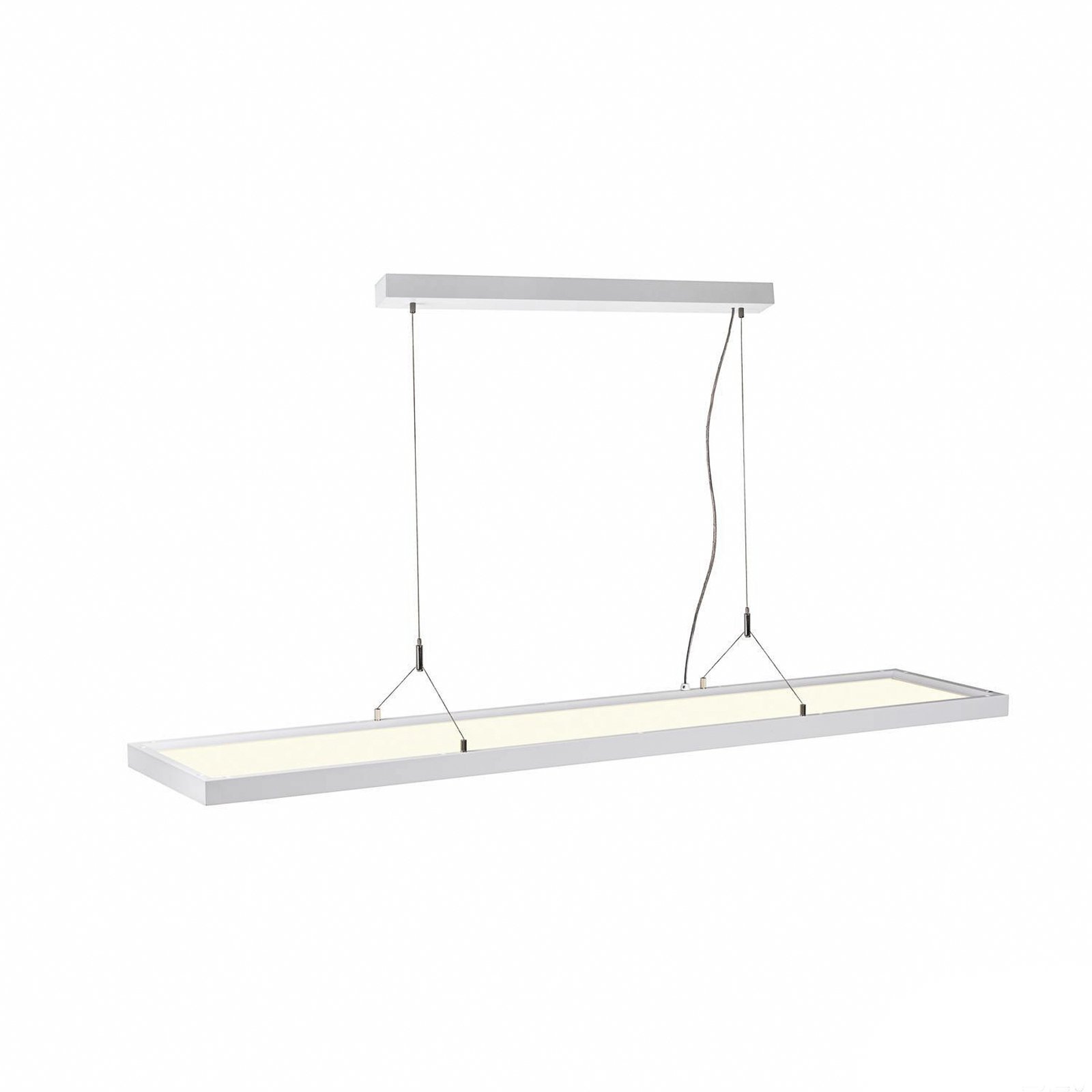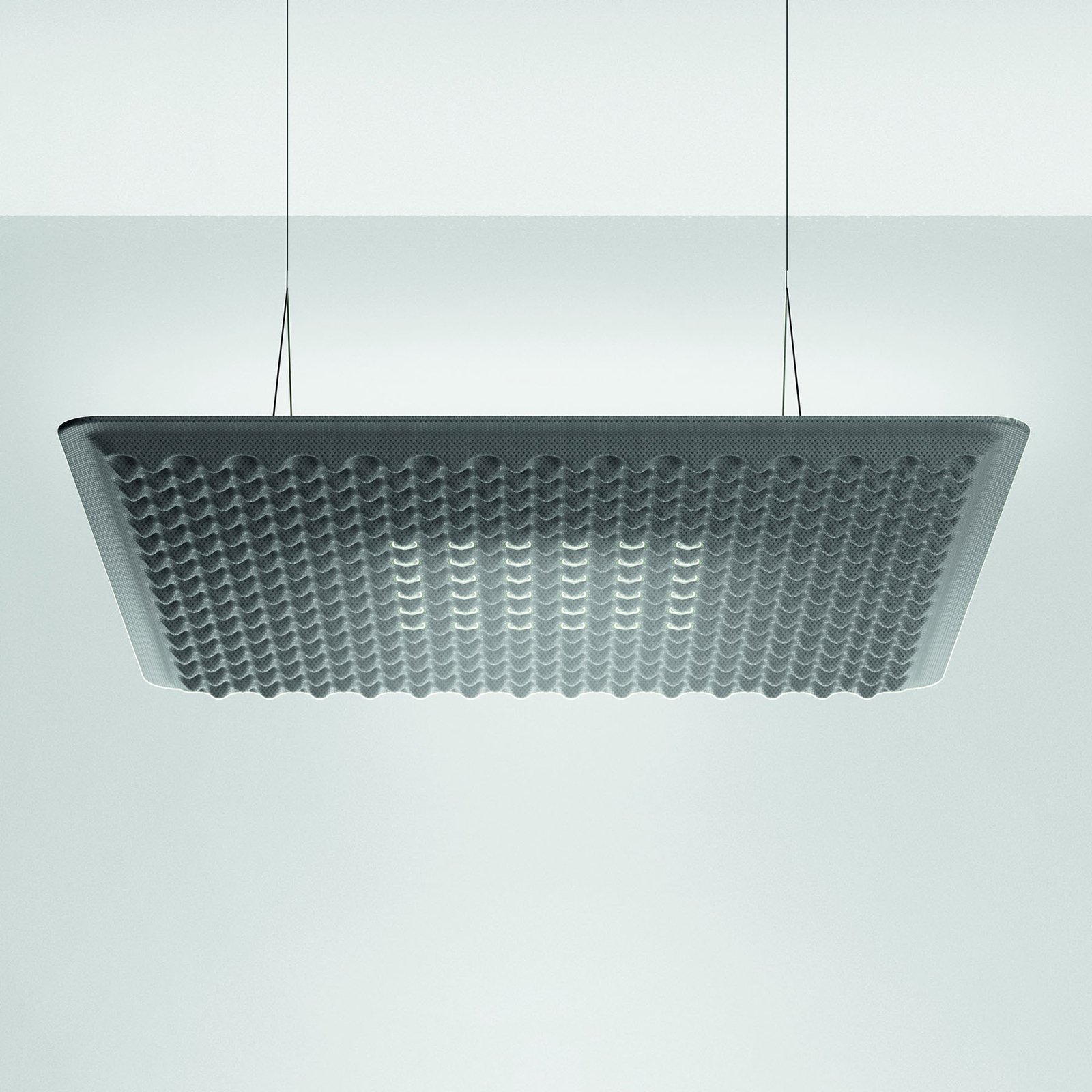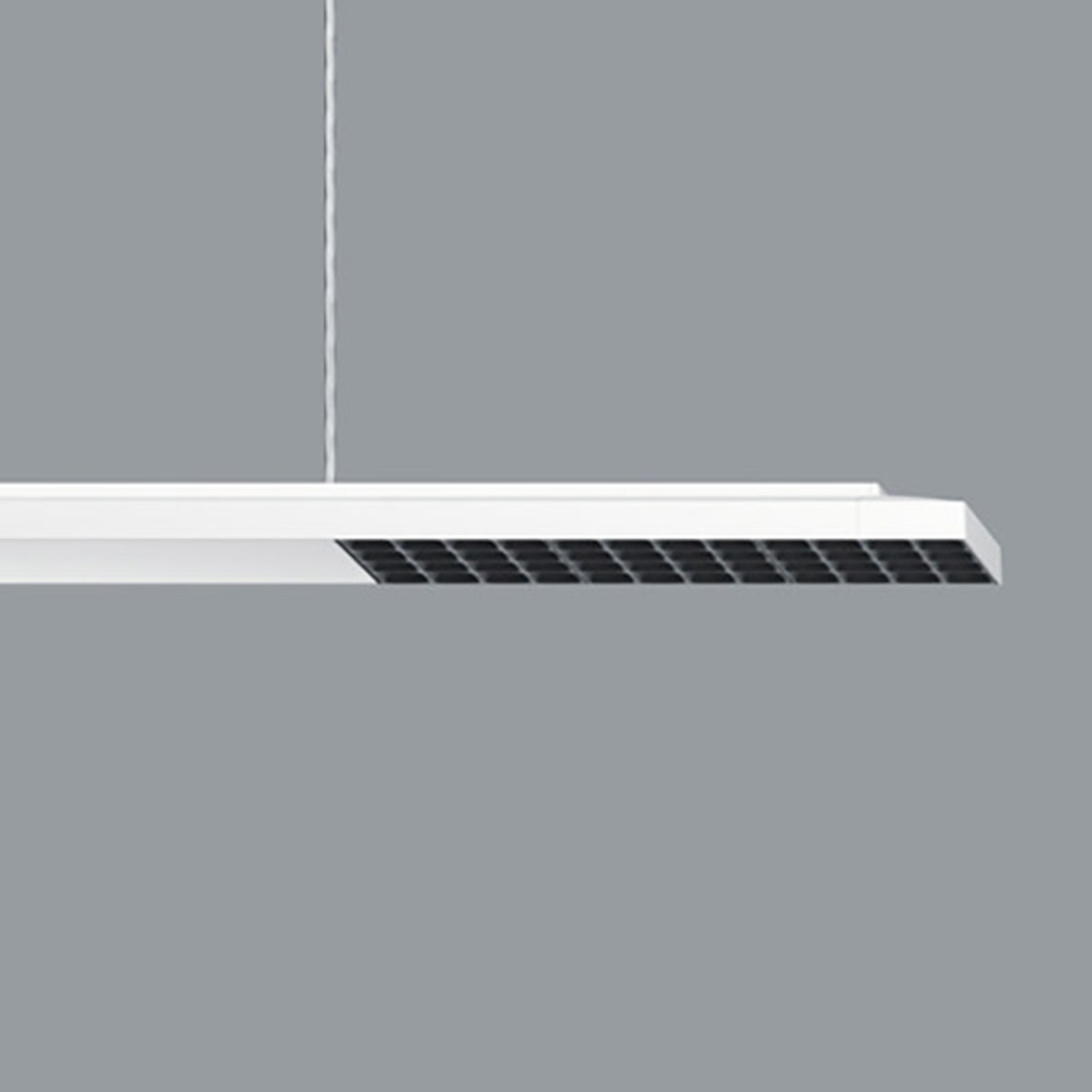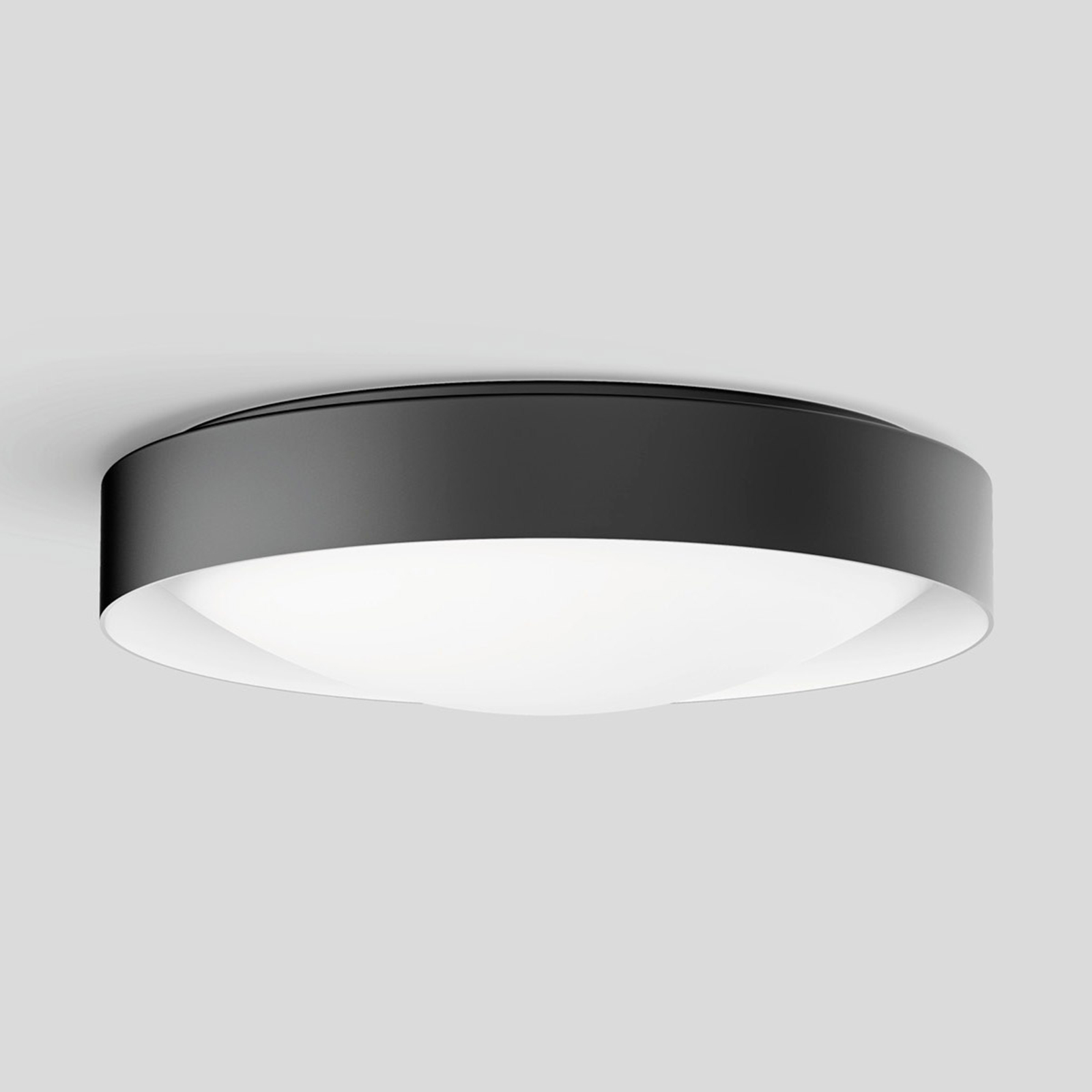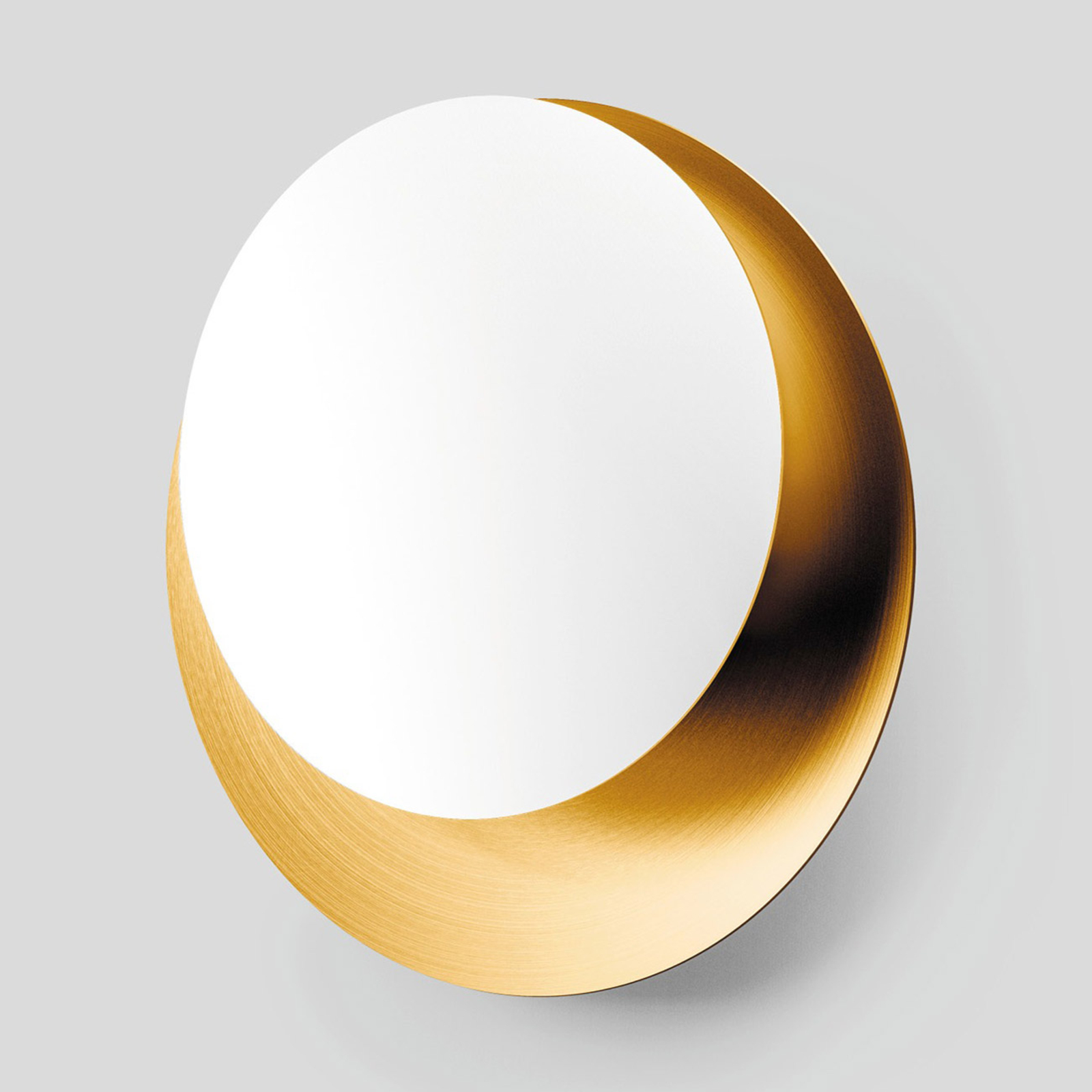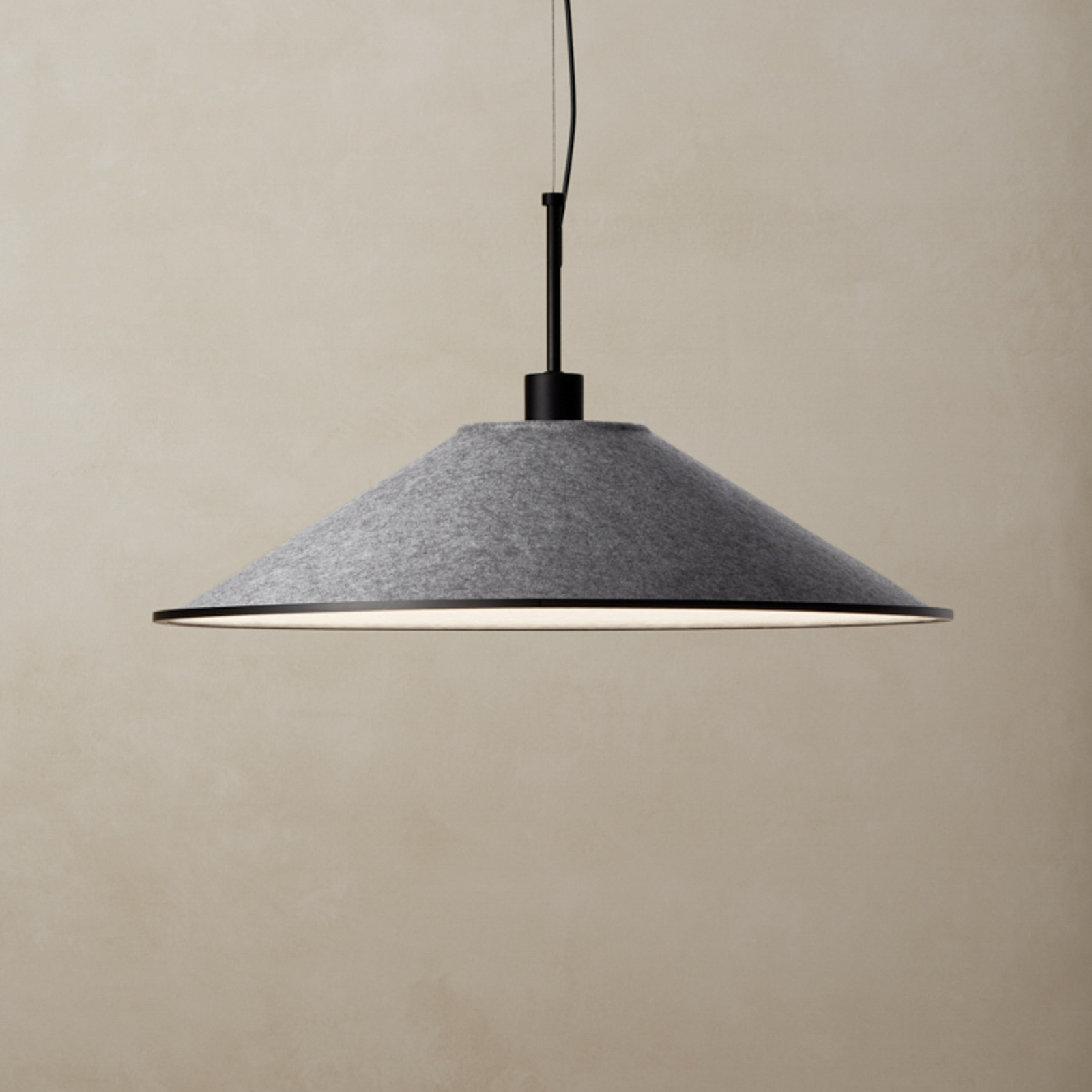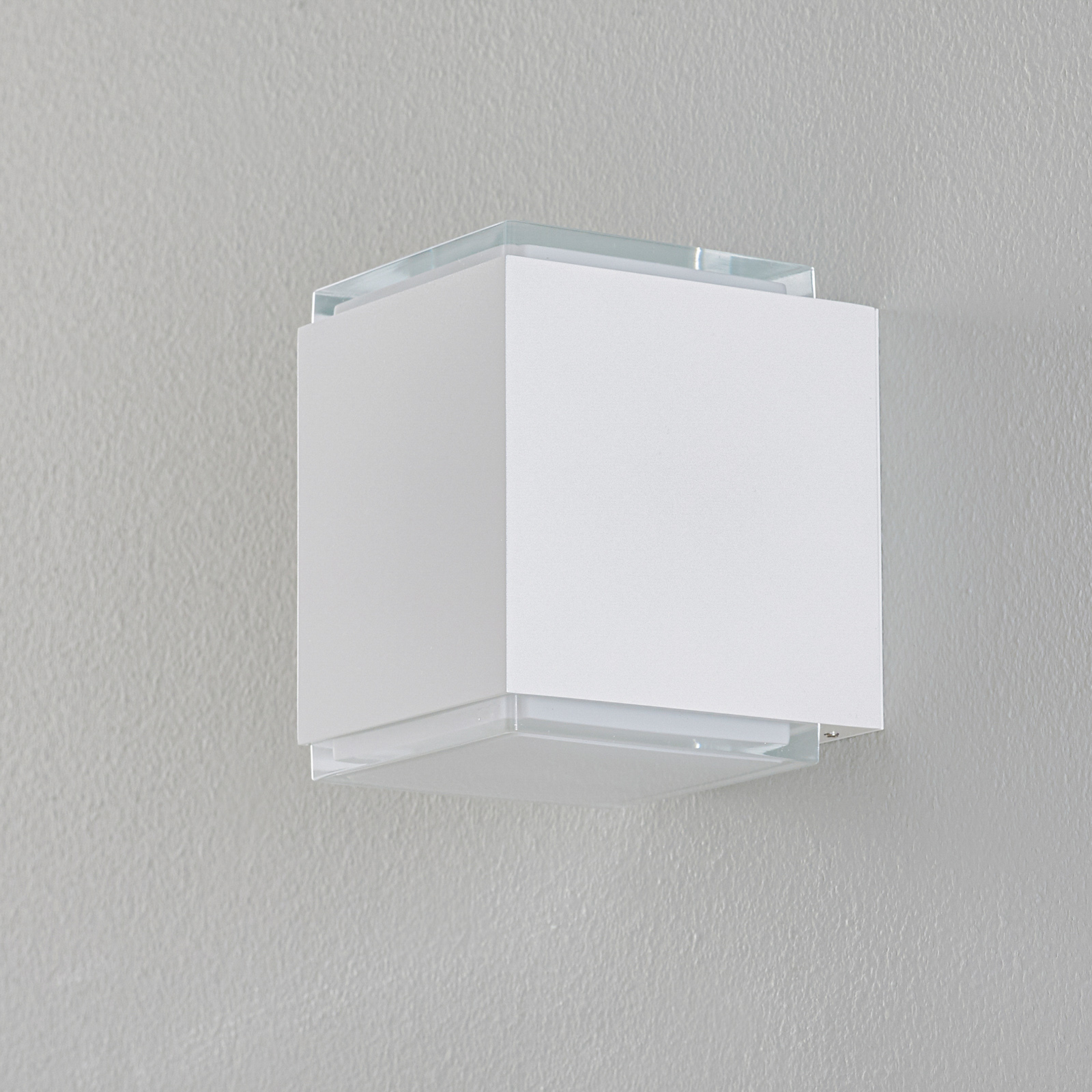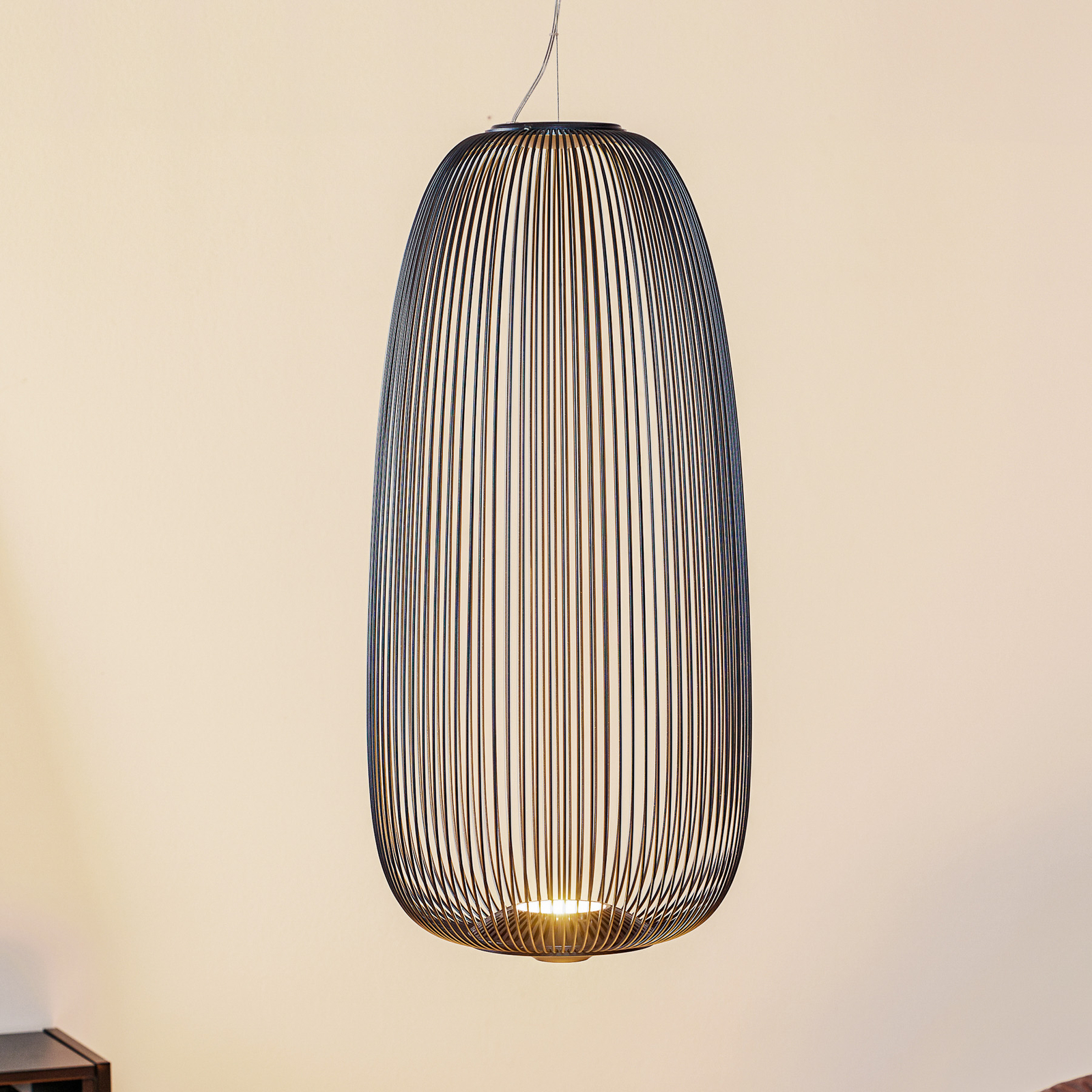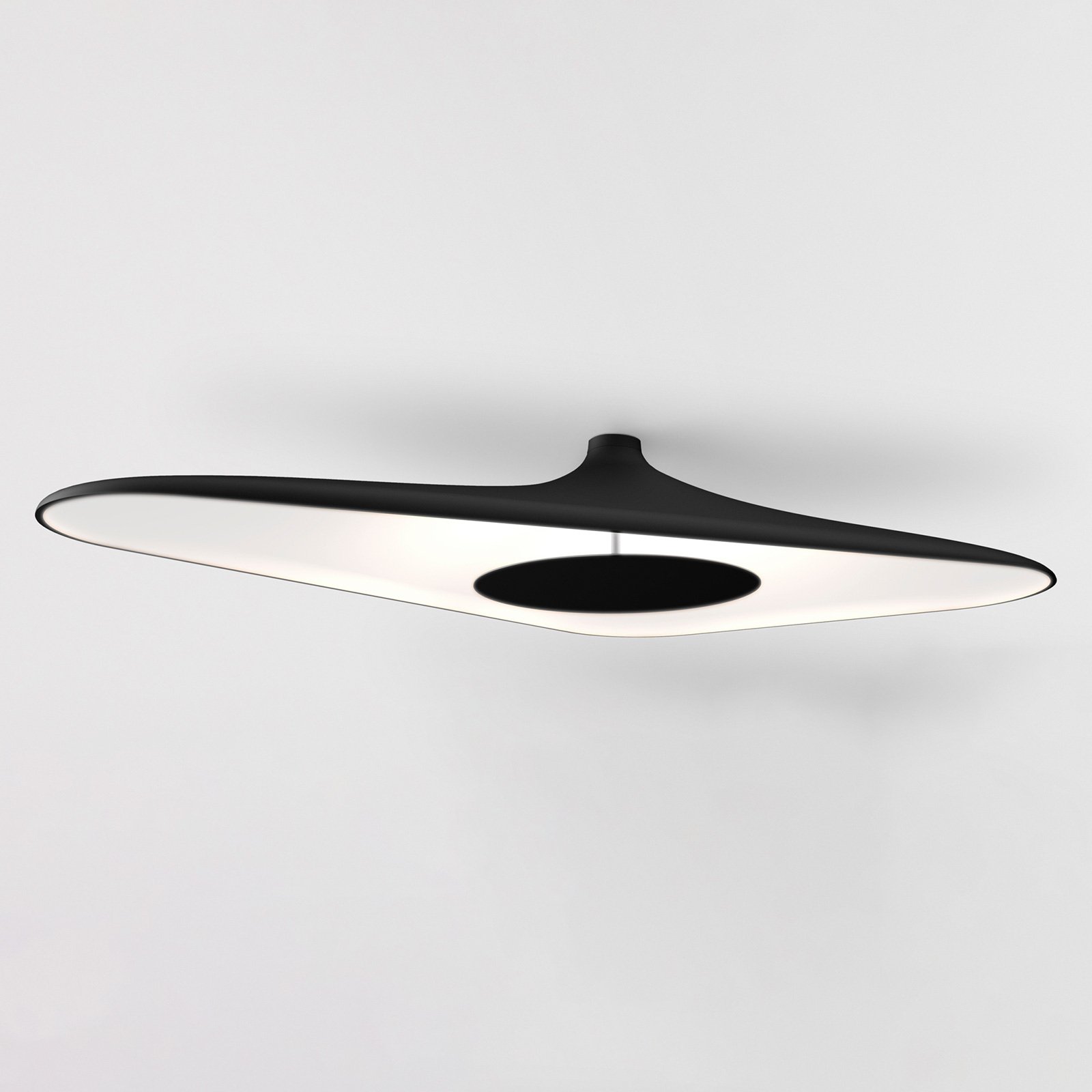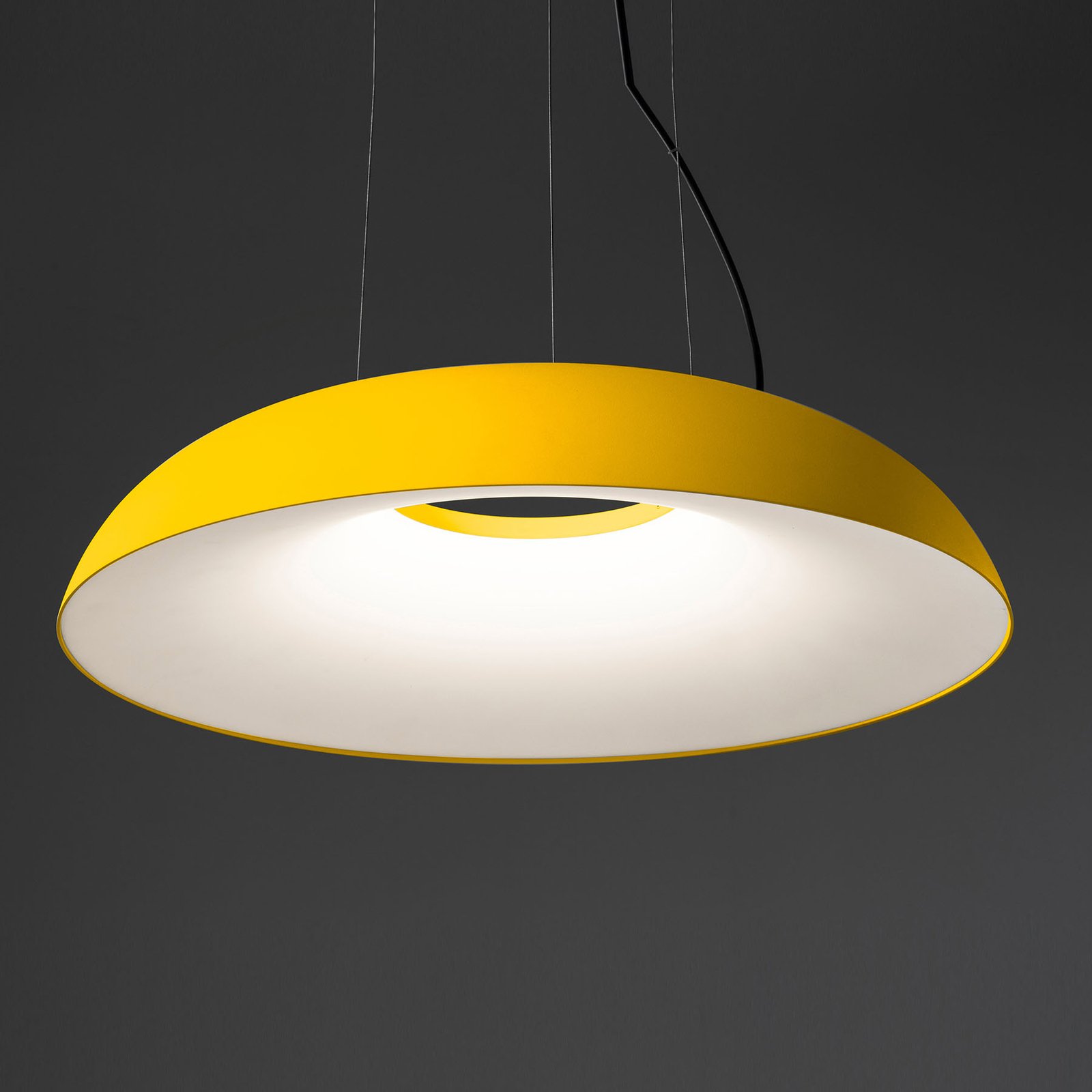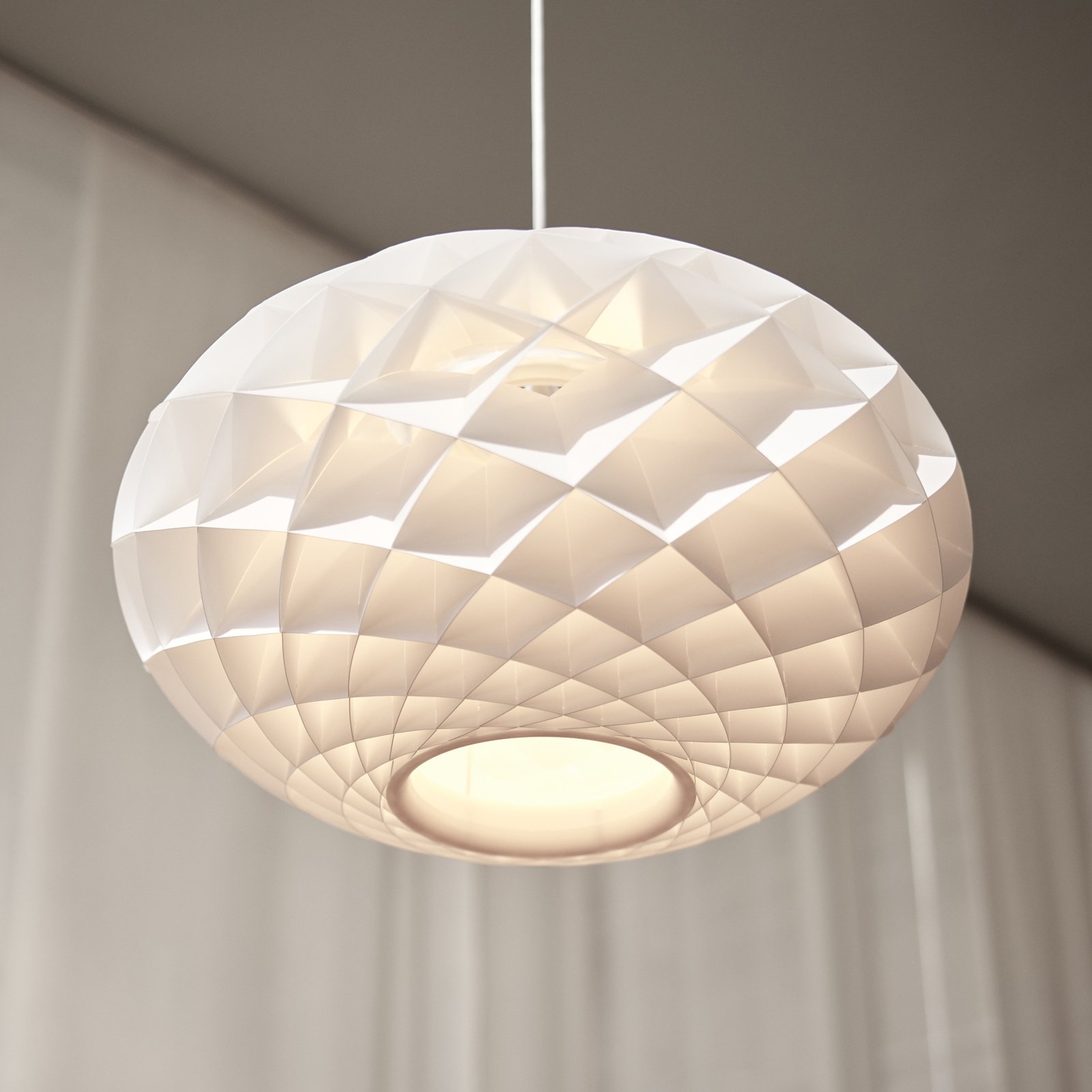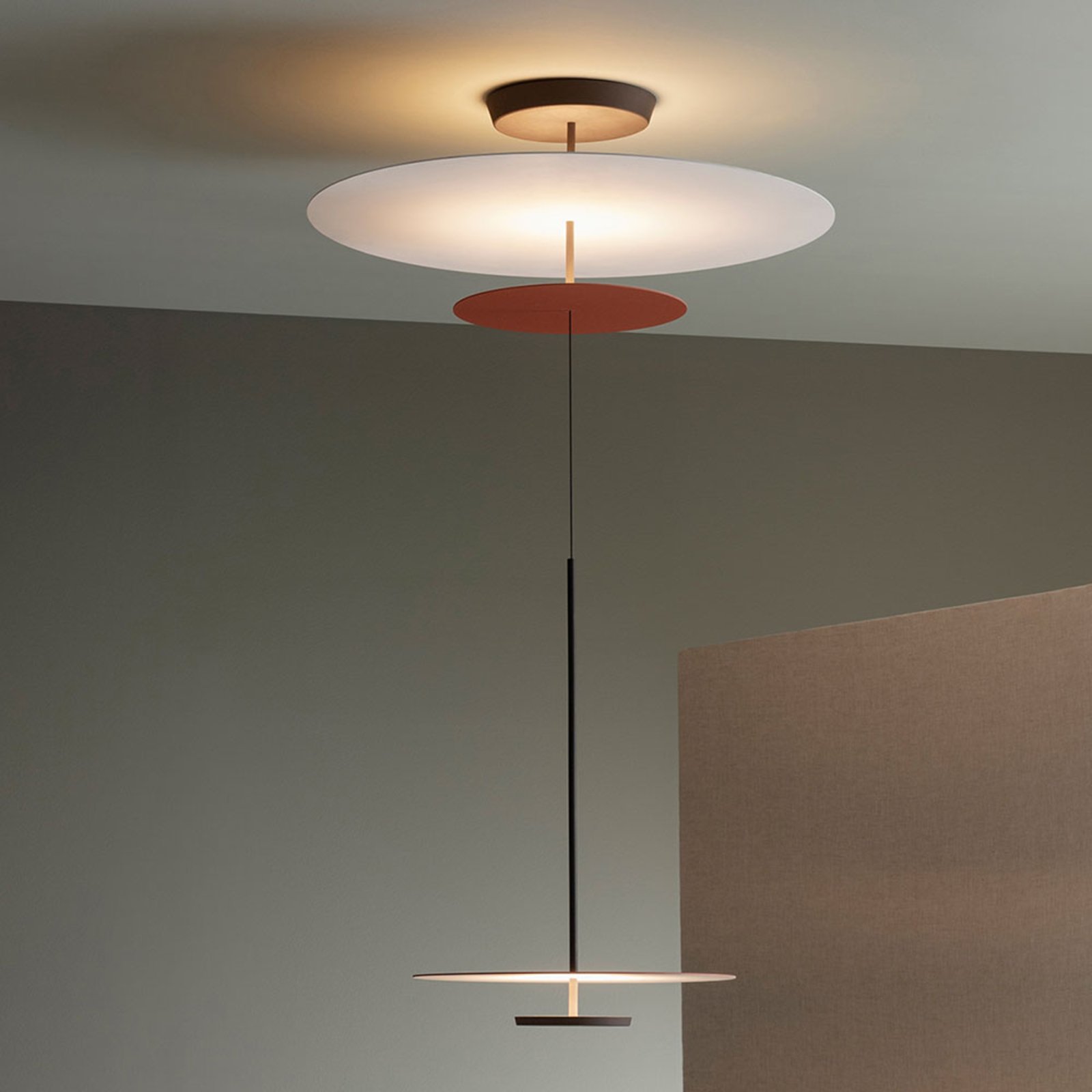:format(jpeg))
DALI lighting control
DALI (Digital Addressable Lighting Interface) is an interface protocol for digital communication between ballasts in a lighting installation. These include electronic ballasts and transformers, for example. The DALI protocol is inextricably linked to the topics Smart Home and Smart Building.
What is the DALI lighting management system used for?
DALI (Digital Addressable Lighting Interface) is an interface protocol for digital communication between ballasts in a lighting system. These include electronic ballasts and transformers, for example. The comparatively simple programmability and wiring makes it possible to control lighting ballasts with little effort. The DALI protocol is inextricably linked to smart homes and smart buildings.
Specifically, a DALI system offers the option of lighting control in individual rooms, but also in conjunction with building management. Individual lights or even complete light scenes can be saved. Many manufacturers already offer an interface between the control unit (master) and up to 64 lamps to be controlled (slaves) in their ballasts or ballasts.
Further connections to the building technology or other bus systems can also be realised via DALI/KNX gateways.
DALI - Design luminaires
Designer luminaires with DALI technology combine intelligent lighting control with unique optics and perfectly modelled light. In this way, rooms are impressively staged and perfect orientation is made possible at the same time.
Advantages of DALI lighting control
- Malfunctions due to polarity reversal during installation are excluded
- Simple reporting and localisation of lamp failures
- Lamps can be easily regrouped (without rewiring)
- Simple light scene management thanks to presettable values (maximum value, minimum value, dimming etc.)
- Standardised technology for dimming different bulbs together
- The two-core DALI control cable can be laid in a common sheathed cable with the power supply (5LV)
DALI - Modern lights
Modern DALI-compatible lights are characterised by the design maxim "form follows function". Clean lines, muted colours and reduced shapes create a tidy design in the style of contemporary minimalism.
DALI vs. DALI 2 briefly explained
The good news first. DALI and DALI 2 are compatible with each other, whereby DALI devices in a DALI 2 system are reduced to their original functions. Unlike DALI, DALI 2 is certified by the DiiA (Digital Illumination Interface Alliance) and not by the manufacturers themselves. Above all, this reduces compatibility problems between manufacturers.
Advantages of DALI 2:
Increased capacity: The number of addressable components doubles from 64 to 128, allowing 32 instead of 16 groups of ballasts and now 32 groups of input devices.
Simpler wiring: Unlike DALI, DALI 2 does not require separate wiring of the ballasts. One DALI line is sufficient for all lights and control devices.
Better communication: New is the bidirectional connection, which enables addresses/components to also send information to the control unit. This ultimately leads to fewer faults and more commands and selection options.
DALI / DALI - LED office lighting
DALI office luminaires support modern work concepts with intelligent, customised lighting control. They also characterise the office design with their professional, high-quality appearance.
DALI - Hotels and catering
DALI lights not only support an inviting ambience in hotels and restaurants, but also offer a high level of comfort and resource conservation thanks to intelligent lighting control.
FAQ
Let us start your lighting project now with no obligation!
We can advise you on the modernisation of existing lighting or support you with a completely new lighting concept tailored to your needs.











































